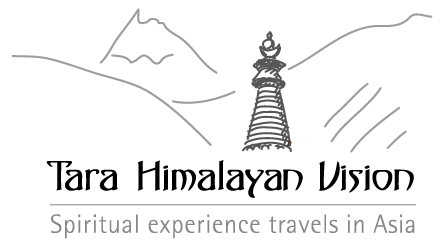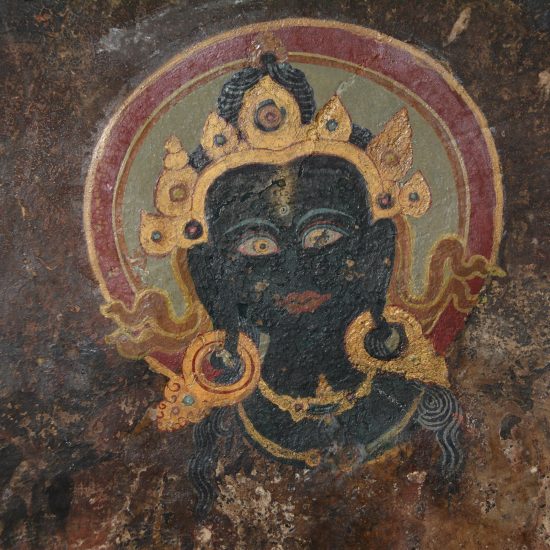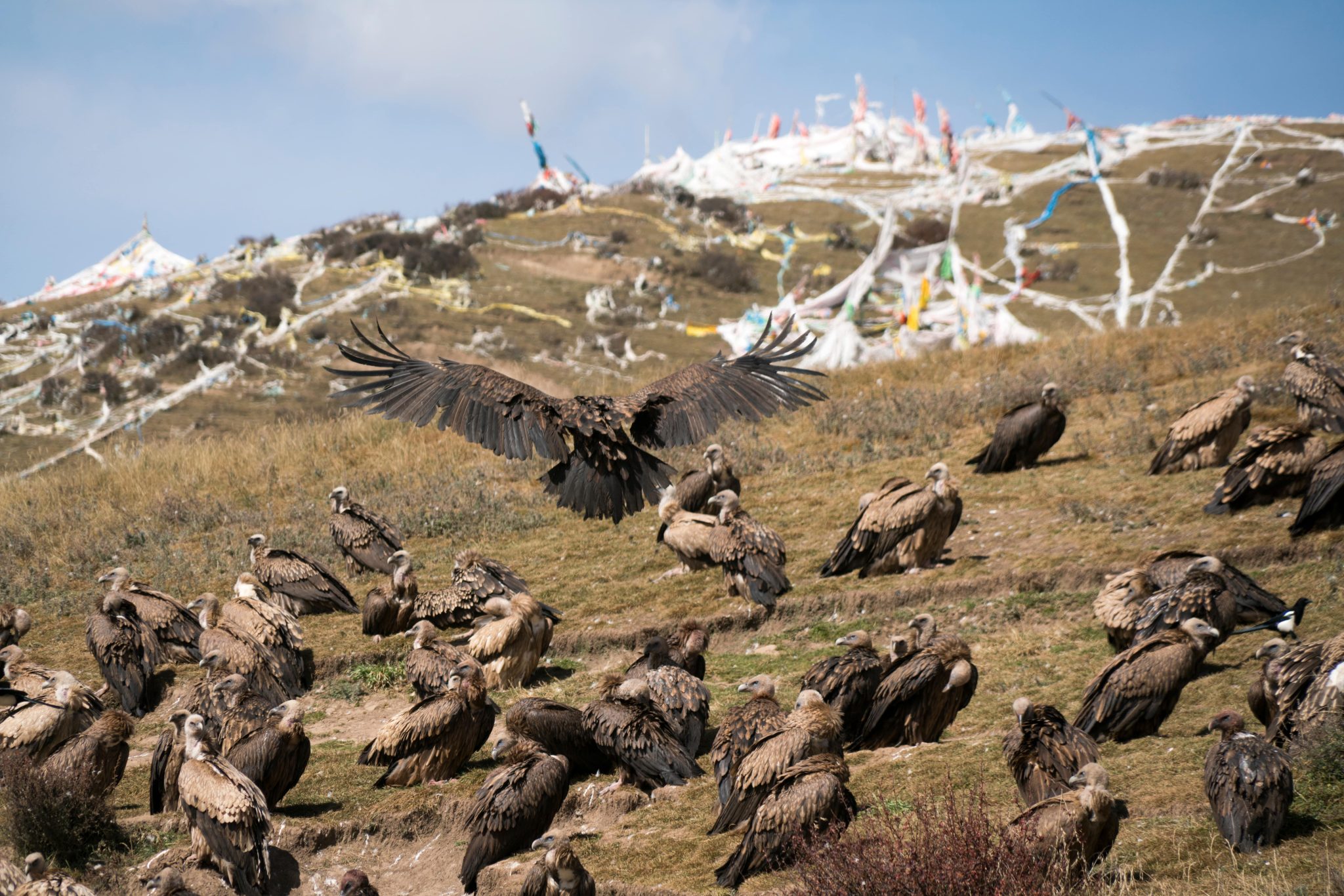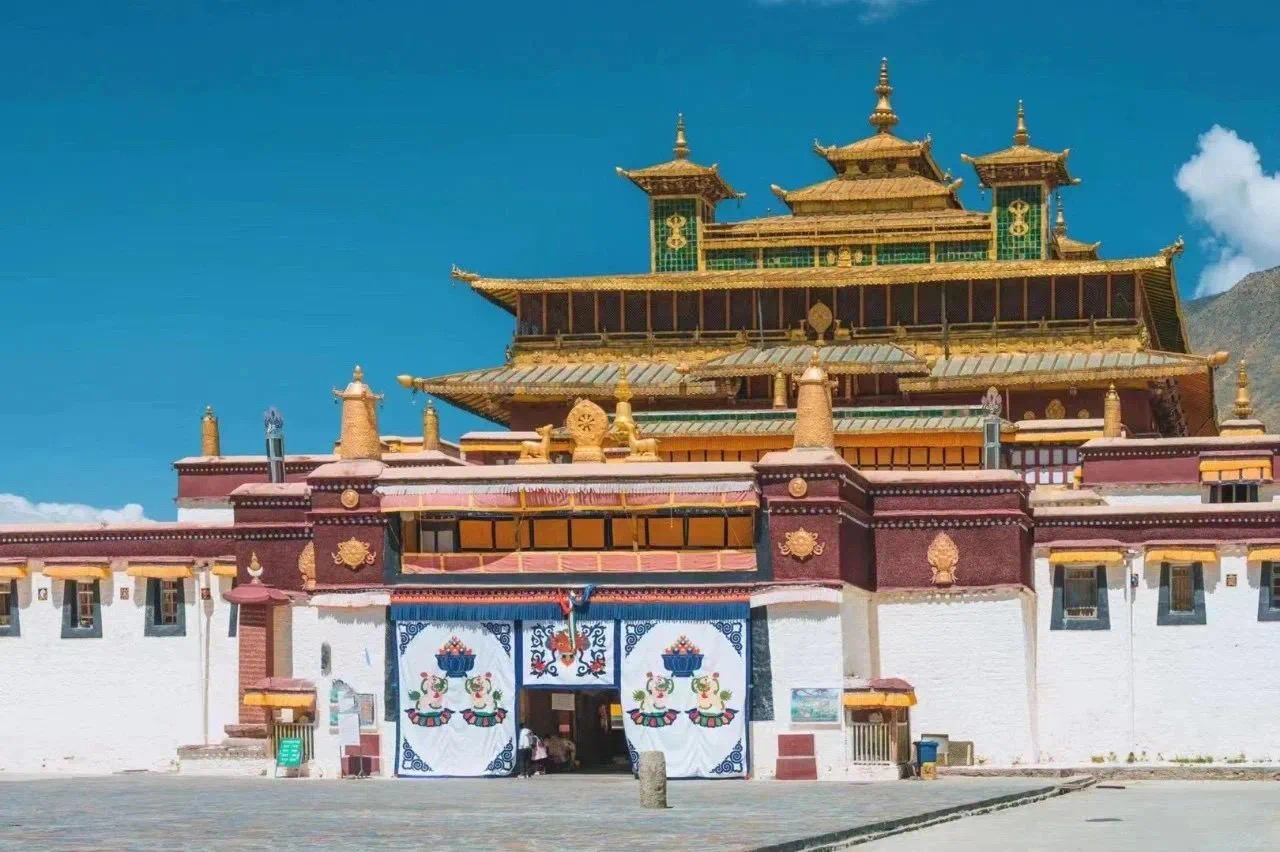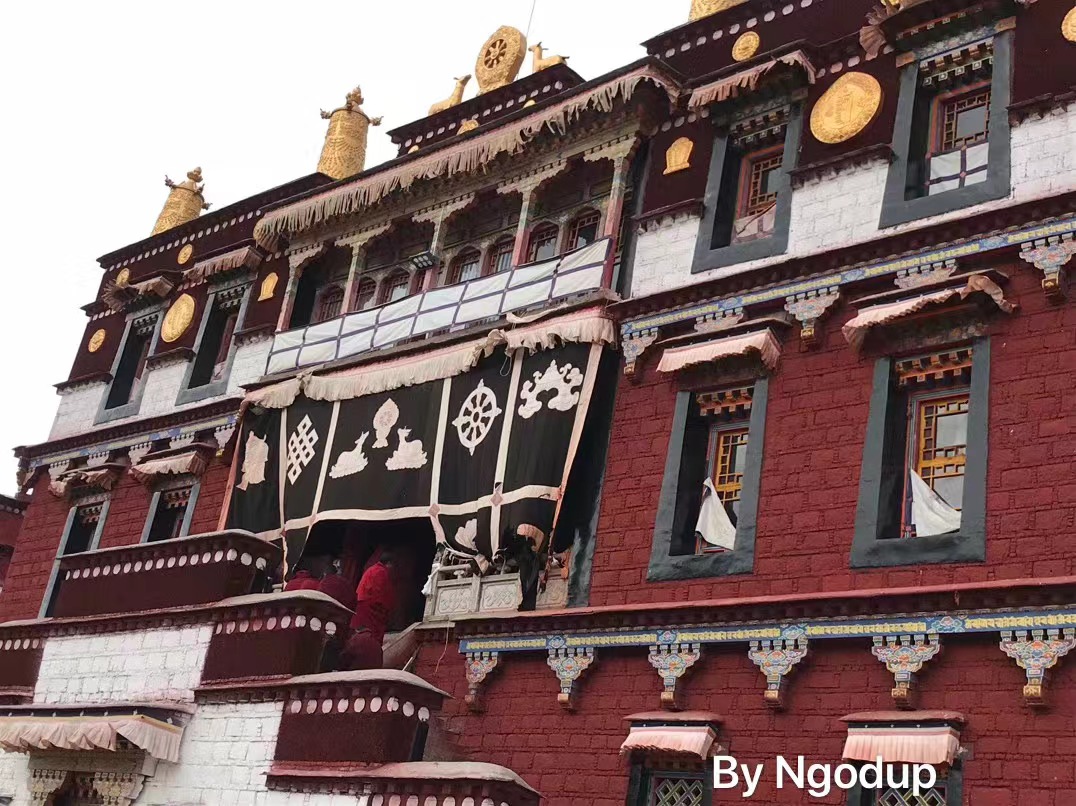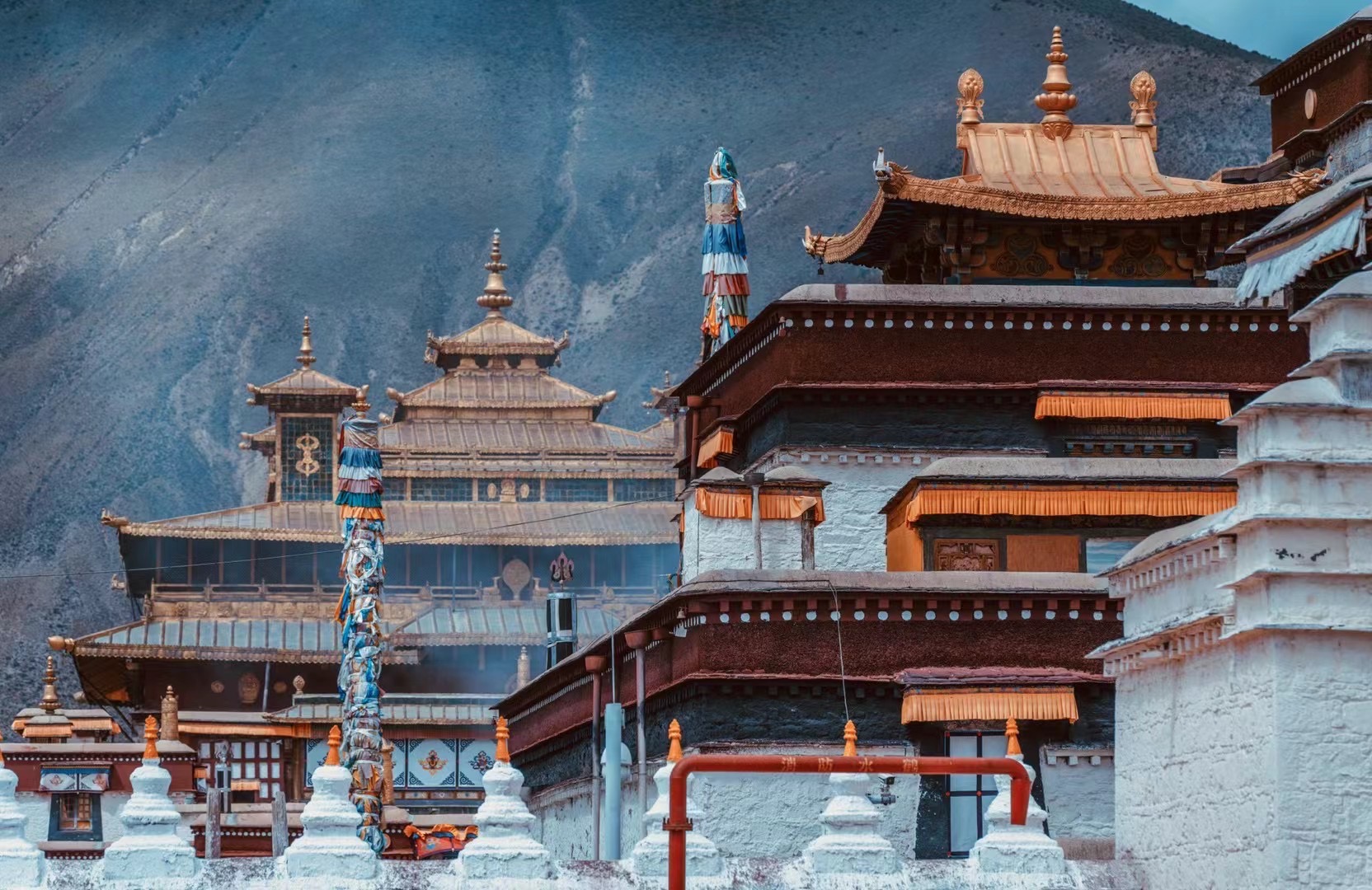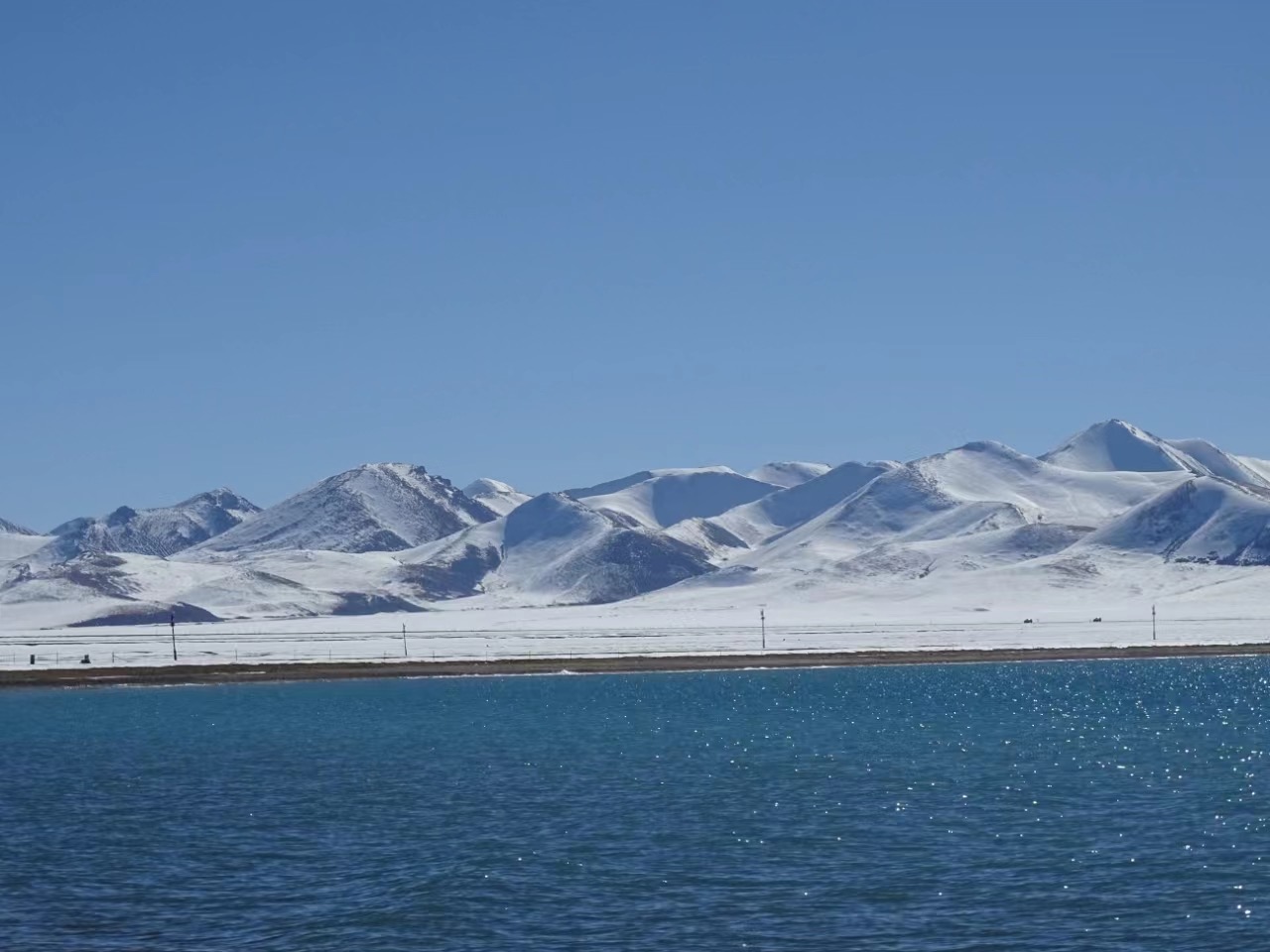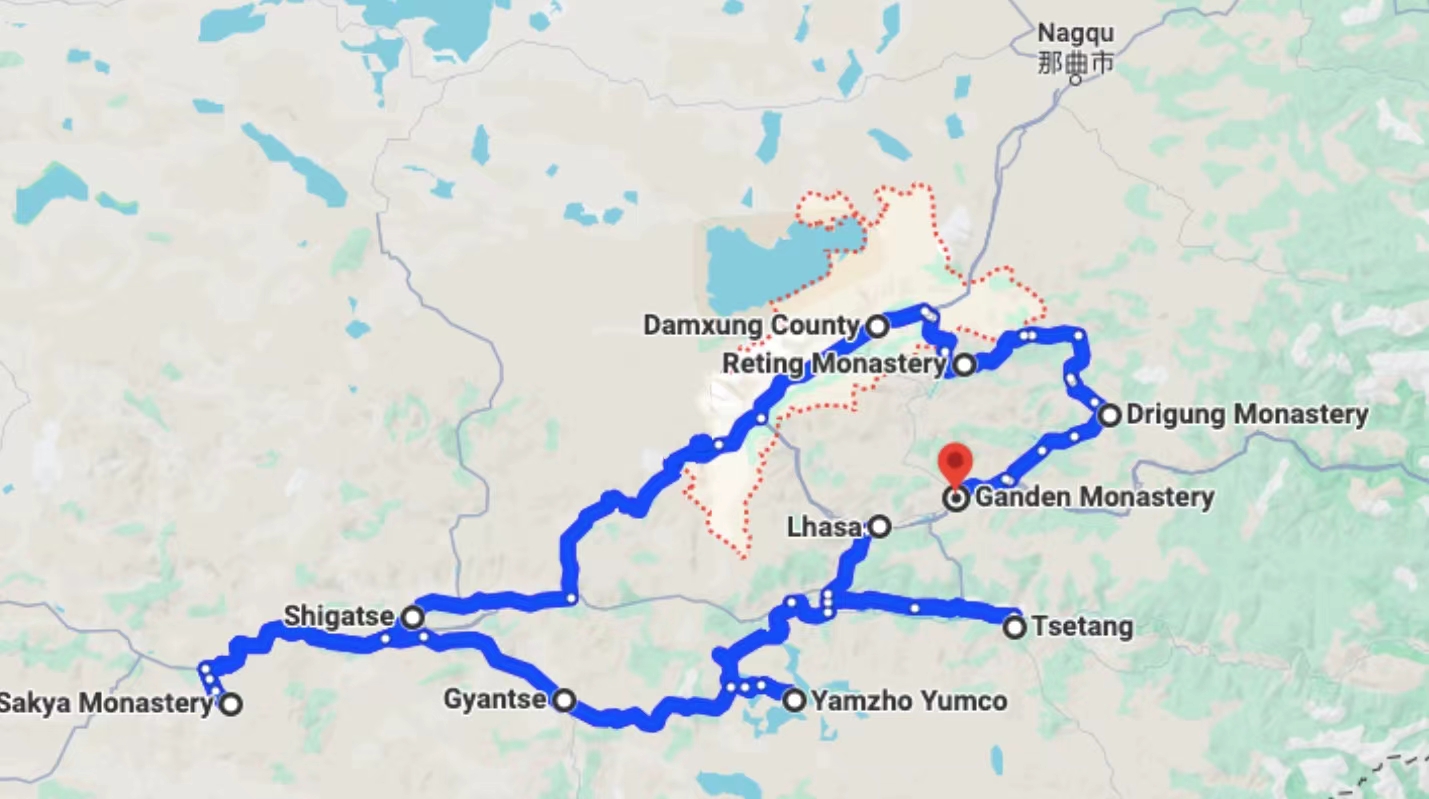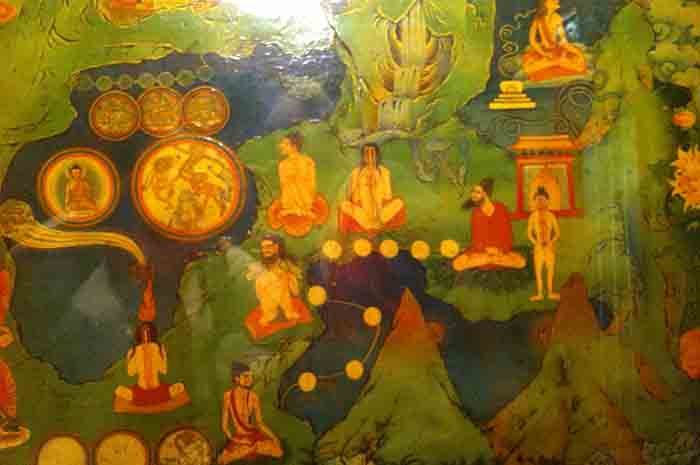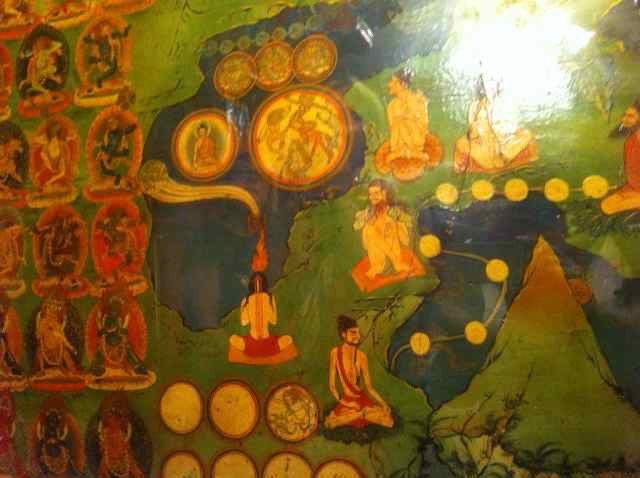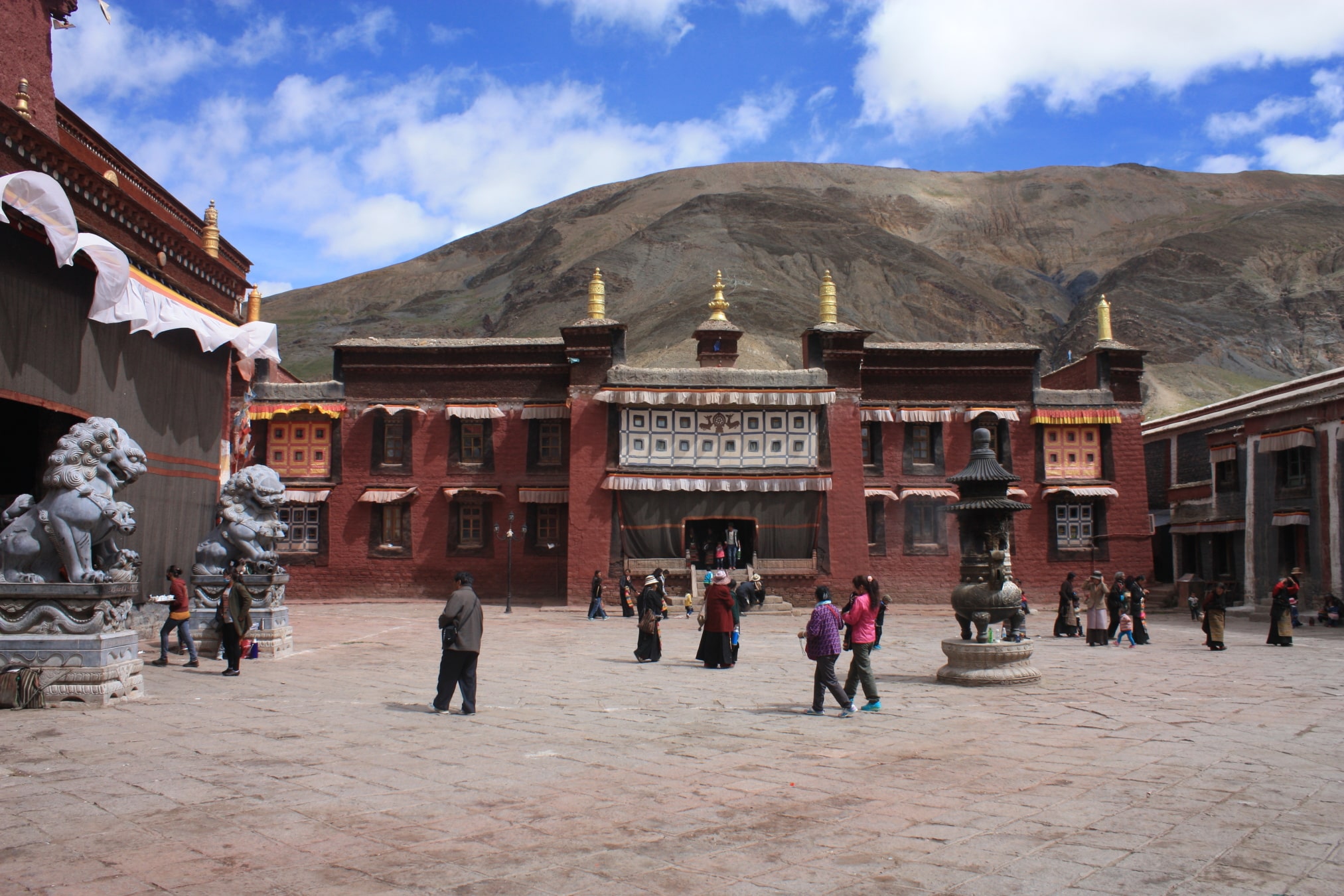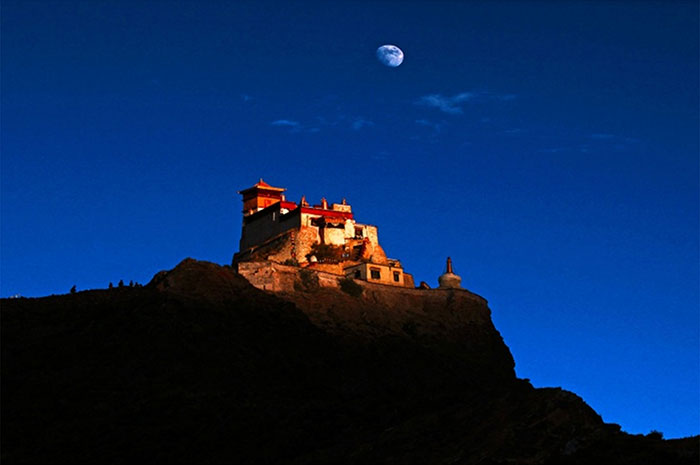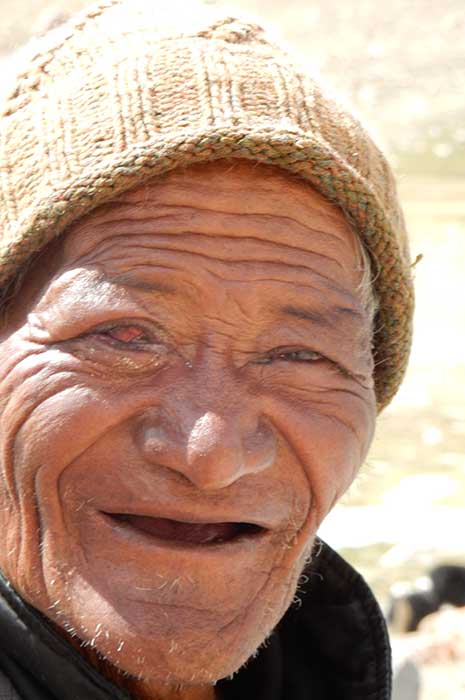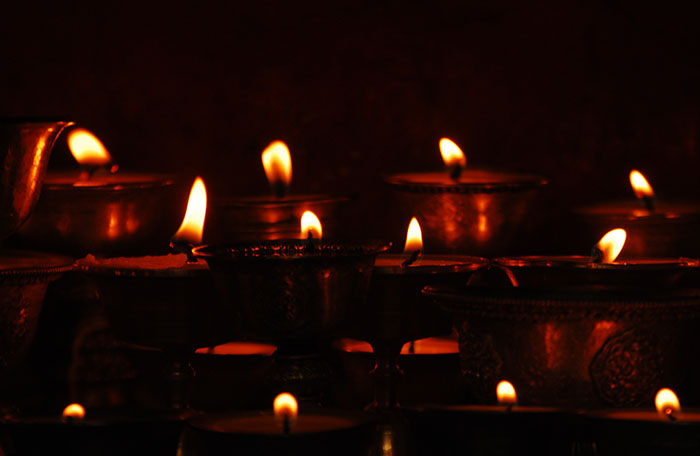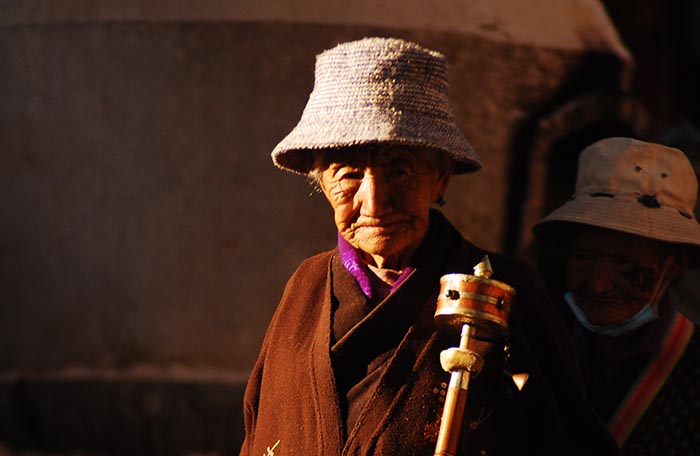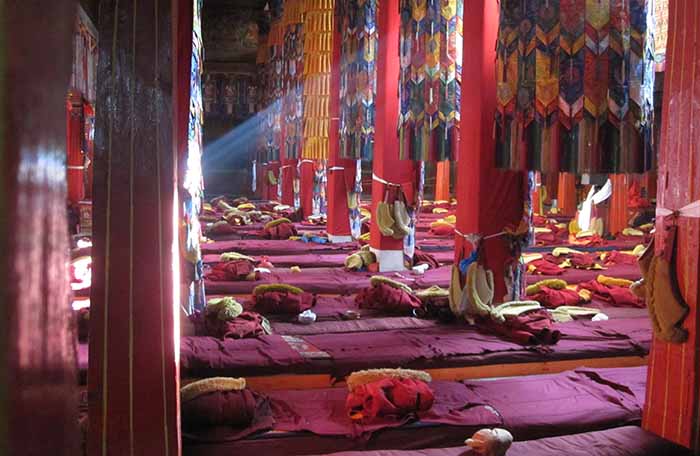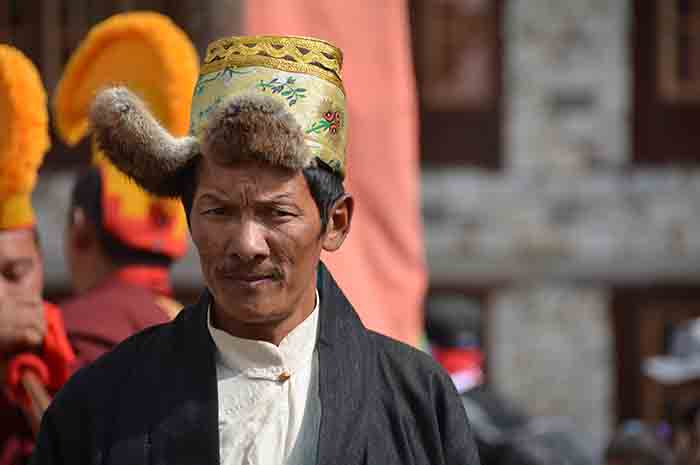Travel to Tibet, the roof of the world
Are you ready for a journey that transcends the ordinary?
Join us on a pilgrimage to the mystical land of Tibet, where spirituality meets breathtaking landscapes, ancient traditions, and the wisdom of Tibetan Buddhism.
This is not just a travel adventure; it’s a soul-stirring experience guided by an authentic Tibetan travel agency committed to showcasing the real essence of Tibet.
I know, Thinkhar and Nordup, for years and they put there heart and soul in your trip.
They try to let you experience the real Tibet.

Destination
Tibet

Dates
24 sept – 7 oct ’24
total 14 days
Guaranteed departure
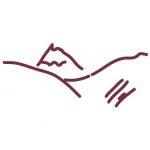
Altitude
3.600 m

Trekking/hiking
Medium walkings
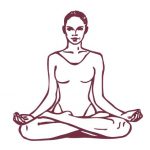
Yoga level
–
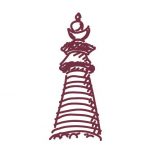
Bhuddist wisdom
Important pilgrimplaces

Group Size
min 6 – max 12
Guaranteed departure


Begin and end
Lhasa
Lhasa
Highlights of this travel
Highlights of your Travel:
- The Tibetan Landscape and their animals
As we will travel a lot, we will have the time to see the unique landscape of Tibet. Tibet’s phenomenal landscape is like no other place on Earth: rugged, remote and unforgettable. The vast Tibetan plateau contrasted against the snowcapped peaks of the world’s highest mountains will leave you in awe. Tibet is often referred to as the ‘roof of the world’.
On our way we will spot also some wild animals typical for Tibet: the yak, blue Sheep, Tibetan antelopes, the Tibetan wild ass (Kiang) and hopefully more. - Meet the Tibetan Culture – not as a tourist – but we will as much as possible mingle with the people. We will walk with them when the go to the Buddhist Pilgrimage places.
Because their religion is a big part of their life.
We will watch how the nomad people live – and eat with local people. - Meditation Caves: Explore hidden meditation caves where revered Tibetan Buddhist monks have sought enlightenment for centuries. Immerse yourself in the serene atmosphere, meditating in the same spaces that have been sanctuaries for spiritual seekers throughout history.
- Holy Lakes: Journey to sacred lakes nestled amidst the majestic Himalayas. These pristine waters hold a profound spiritual significance for the Tibetan people, inviting you to connect with the divine while surrounded by awe-inspiring natural beauty.
- Palaces of HH Dalai Lama: Winter Palace (Potola)and summer (Norbu Lingkha)
Next to that we will visit a place what is not allowed for Tourist … The Dalai Lama’s Secret Temple (with Tantric wall paintings) – Lukhang.
Where we will see very old paintings of the tantric Buddhist Practice. - The First Tibetan Monastery: Trace your steps back in time to the birthplace of Tibetan Buddhism – the first monastery. Delve into the history and spiritual evolution of this sacred site, gaining a deep understanding of the roots of Tibetan Buddhist culture.
Guidance from Maaike, a European Buddhist Practitioner:
Your journey will be enriched by the presence of a European Buddhist practitioner and expert, providing insights and understanding from a unique perspective. This dual guidance, blending Tibetan authenticity with a European lens, offers a holistic and comprehensive experience.
Connect, Meditate, and Transform:
This is more than just sightseeing; it’s an opportunity to connect with the roots of Tibetan Buddhist culture. Each day will offer moments of reflection, and spiritual exploration, allowing you to absorb the profound energy that permeates this sacred land.
-
Destination
-
IncludedTravel to Tibet, the roof of the world
Day 1: 24 september 2024: Arrive in Lhasa
Welcome to Tibet, the roof of the world.
We pick-up you up at the airport and bring you to the hotel.
The drive from the airport to the hotel is about 1 hour.
Because Lhasa is on the altitude of 3.656 meters it is very important to take a rest and get used to the height.
In the evening there will be a meet and greet to talk you through the program followed by a welcome dinner.
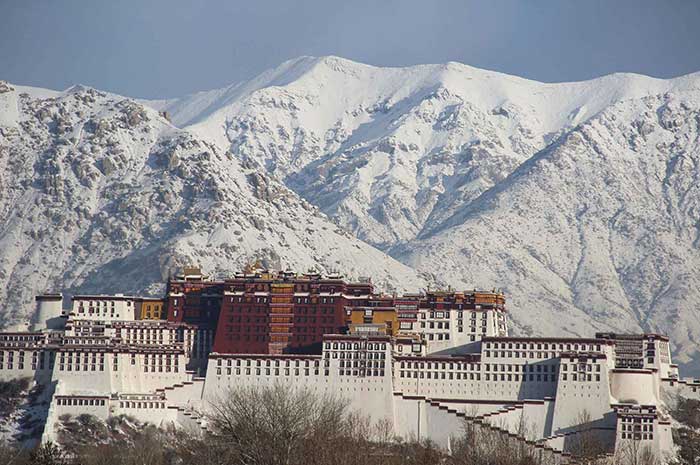
Day 2: 25 september 2024: Sight seeing in Lhasa: Jhokhang Temple and Sera Monastery
After breakfast, we will begin our journey to explore the surroundings of Lhasa.
In the Morning we will visit the Jokhang Temple.
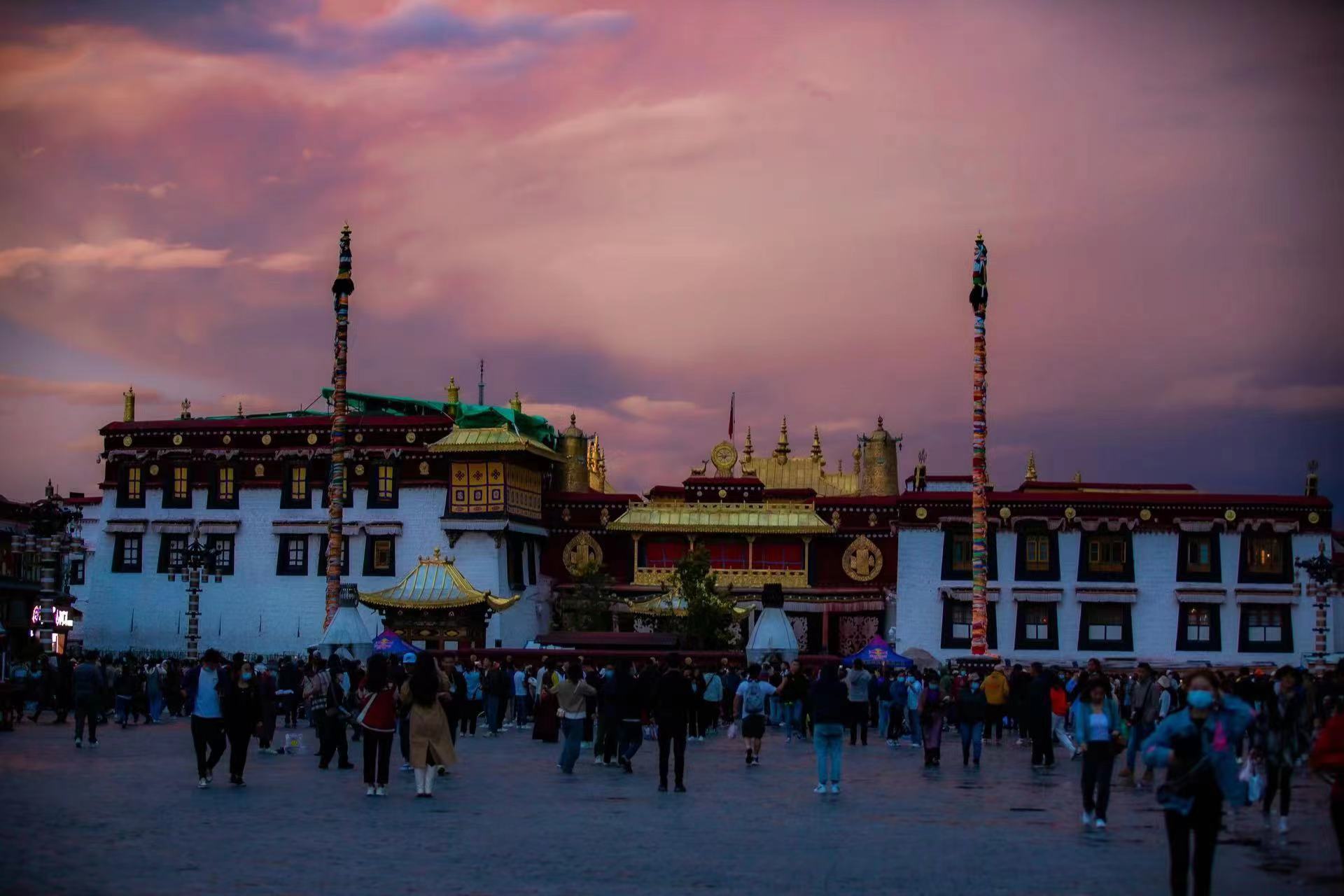
The Jokhang is in the center of the Barkor Square.
You will see that the Tibetans do the Kora, circumambulation around the temple.
It is a wonderful experience to walk together with the many pilgrimages. Tibetans, in general, consider this temple as the most sacred and important temple in Tibet.
Every Tibetan wants to go once in a life to the temple.
The reason why the Jokhang temple us so special, is because its housing a statue from the time when Shakyamuni Buddha lived.
Inside the temple we will see the statue and many nice old mural paintings.
Jokhang is recognized as the World Cultural Heritage by the UNESCO.
From the rooftop you have a wonderful view on the winter palace of HH Dalai Lama, the Potala.
JOWO SHAKYAMUNI STATUE IN JOKHANG
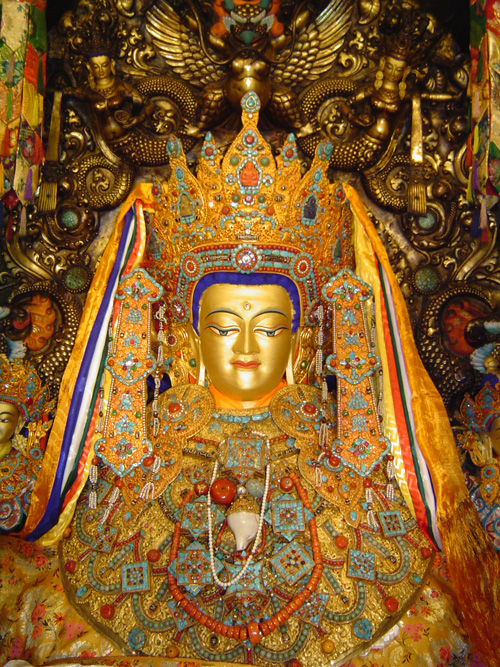
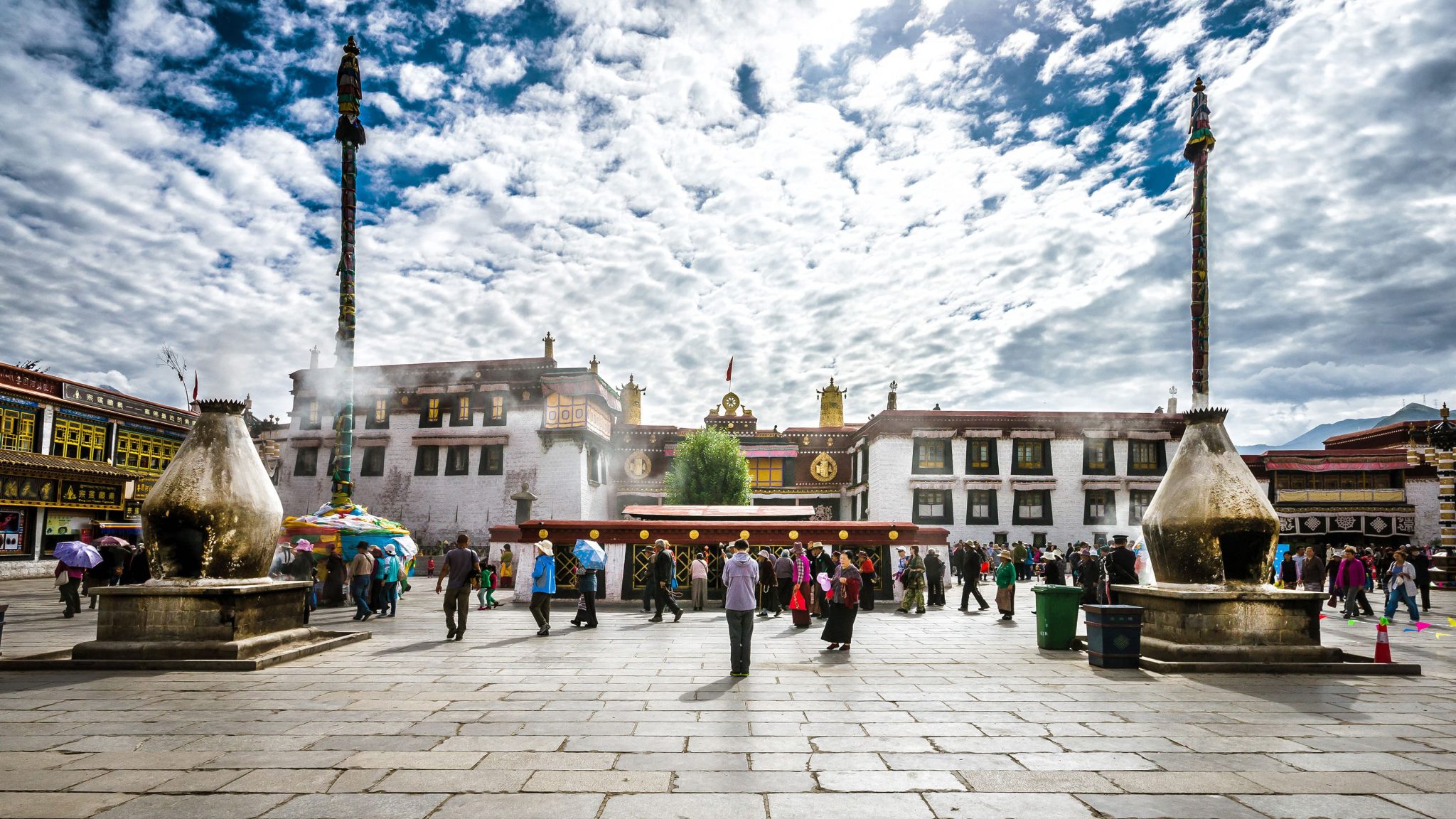
After lunch we will visit one of biggest monasteries in Tibet, which belongs to Gelugpa or yellow sect, Sera monastery.
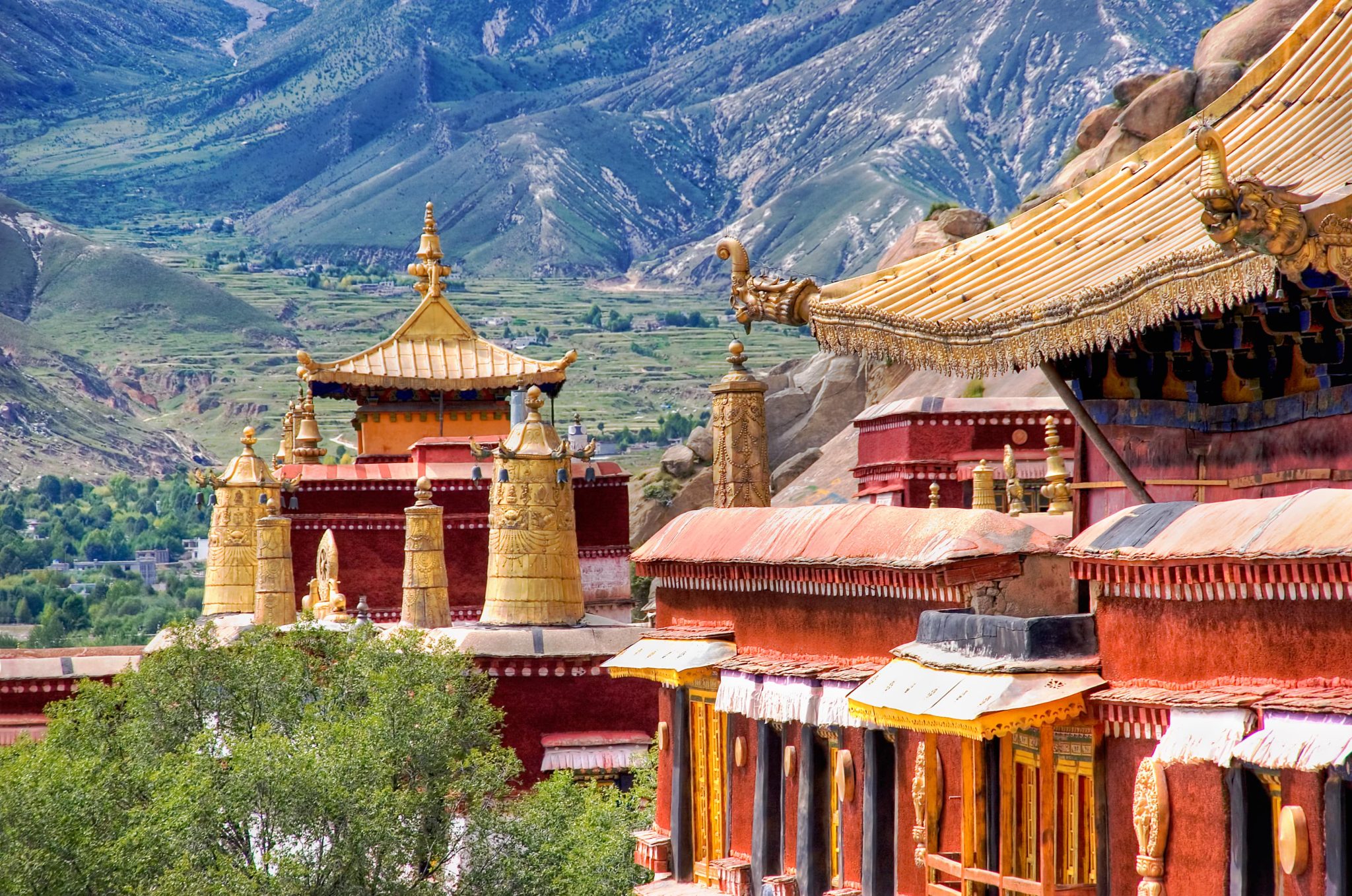
Sera monastery is one of the largest and oldest monasteries in Lhasa.
Before the cultural revolution, more than 5,000 monks lived in Sera monastery. Even though only a few hundred monks live there now, it remains one of the most important monastic centers.
Sera monastery is very famous ito see the monks debating.
In Tibetan monastic debates, the main intention is to defeat misconceptions on the philosophy of the Buddhist scriptures, to establish and maintain a defensible point of view, and to overcome and disprove any objections to that view. In Tibetan Buddhism, the debates are more than mere academic learning.
We will attend this unique spectacle- something that you will never forget.

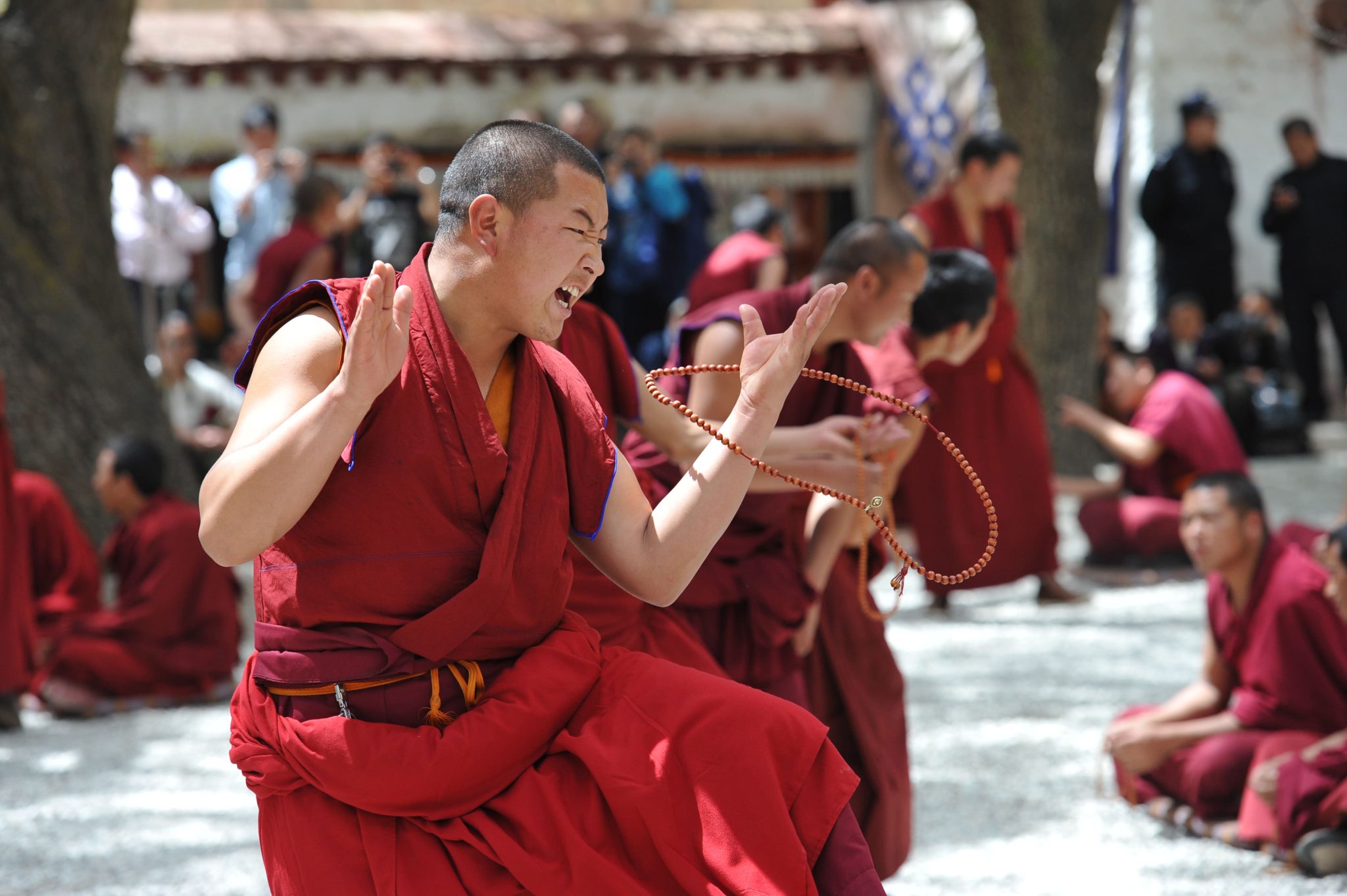
After this marvelous day we will have dinner together and go back to the hotel.
Day 3: 26 september 2024: Drak Yerpa, the holy meditation place
After breakfast we visit Drak Yerpa.

The Drak Yerpa heritage is located about 30km (or 40 min of driving) to the North-East of Lhasa.
It is a large complex of temples, monasteries and meditation caves nested on the mountain.
The monastery will be of particular interest to those who are interested in meditation, as are many meditation caves in the complex.
But for the people who don't like to meditate it is a nice hiking that provides amazing views of the valley.


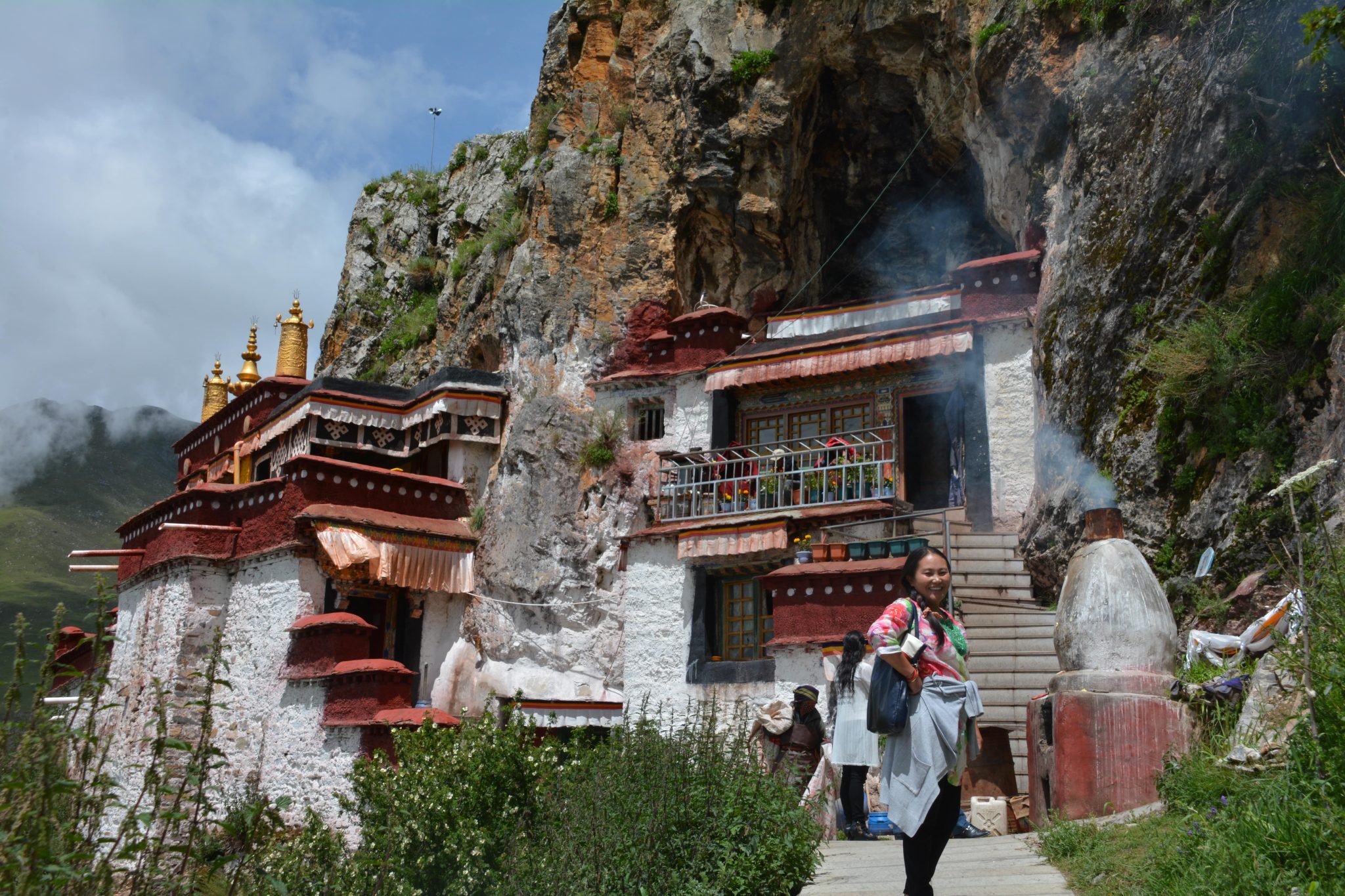

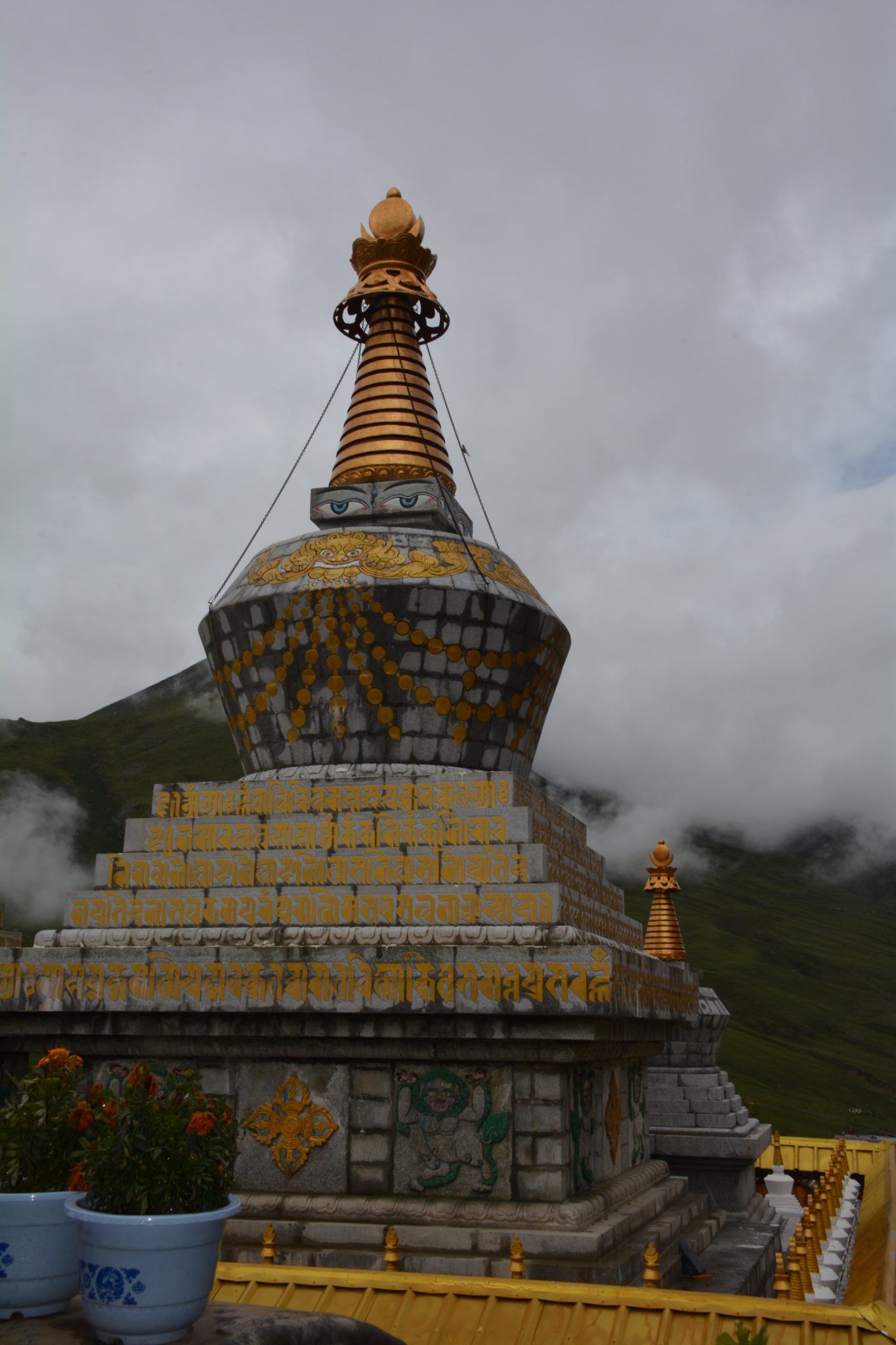
Inside the caves we will find a lot of old murals- old Tibetan art.


We picnic here - where we will encounter many local Tibetans.


To the East from the Drak Yerpa complex, there is the holy mountain of Yerpa Lhari.
It has a sky burial site.
Aerial burial, also called sky burial, is a type of corpse burial common in Asia and North America. In it, the deceased is given to animals, especially birds such as vultures. Literally, therefore, the word burial is incorrect. Excarnation also occurred in other parts of the world.
After this wonderful day in the nature, ecploring the Tibetan culture of pilgrimage, we will go back to Lhasa for a nice dinner toghether in a local restaurant.
Day 4: 27 september 2024: Potala and Norbu Lingkha
Today we visit the different palaces of HH Dalai Lama.
We start with the Potala,
Some nice things to know:
- Potala Palace is the highest palace in the world
- Winter Palace of the Dalai Lamas

After the visit of the Potala, we will visit the Lukhang which is behind Potala Palace.

 On an island in a pond behind the Potala Palace in Lhasa, Tibet sits the Lukhang Temple, or “Temple to the Serpent Spirits,” a secret meditation space created by the Dalai Lama.
On an island in a pond behind the Potala Palace in Lhasa, Tibet sits the Lukhang Temple, or “Temple to the Serpent Spirits,” a secret meditation space created by the Dalai Lama.
For hundreds of years, this temple was closed to anyone but the Dalai Lama himself.
Used to initiate Dalai Lamas into yogic and tantric practices in the Dzogchen school of Tibetan Buddhism, very few got to see these murals.
The temple itself was constructed as a three-dimensional mandala, a sacred geometrical shape representing the Buddhist universe, with three tiers represent the three dimensions of enlightenment — outer reality, inner experience, and a transcendent dimension beyond time and space.
The thirth floor is the secret tantra temple - normally not allowed to visit but we have a special permission to enter.
We can meditate there and admire the secret tantric images as like from the Tummo practice.
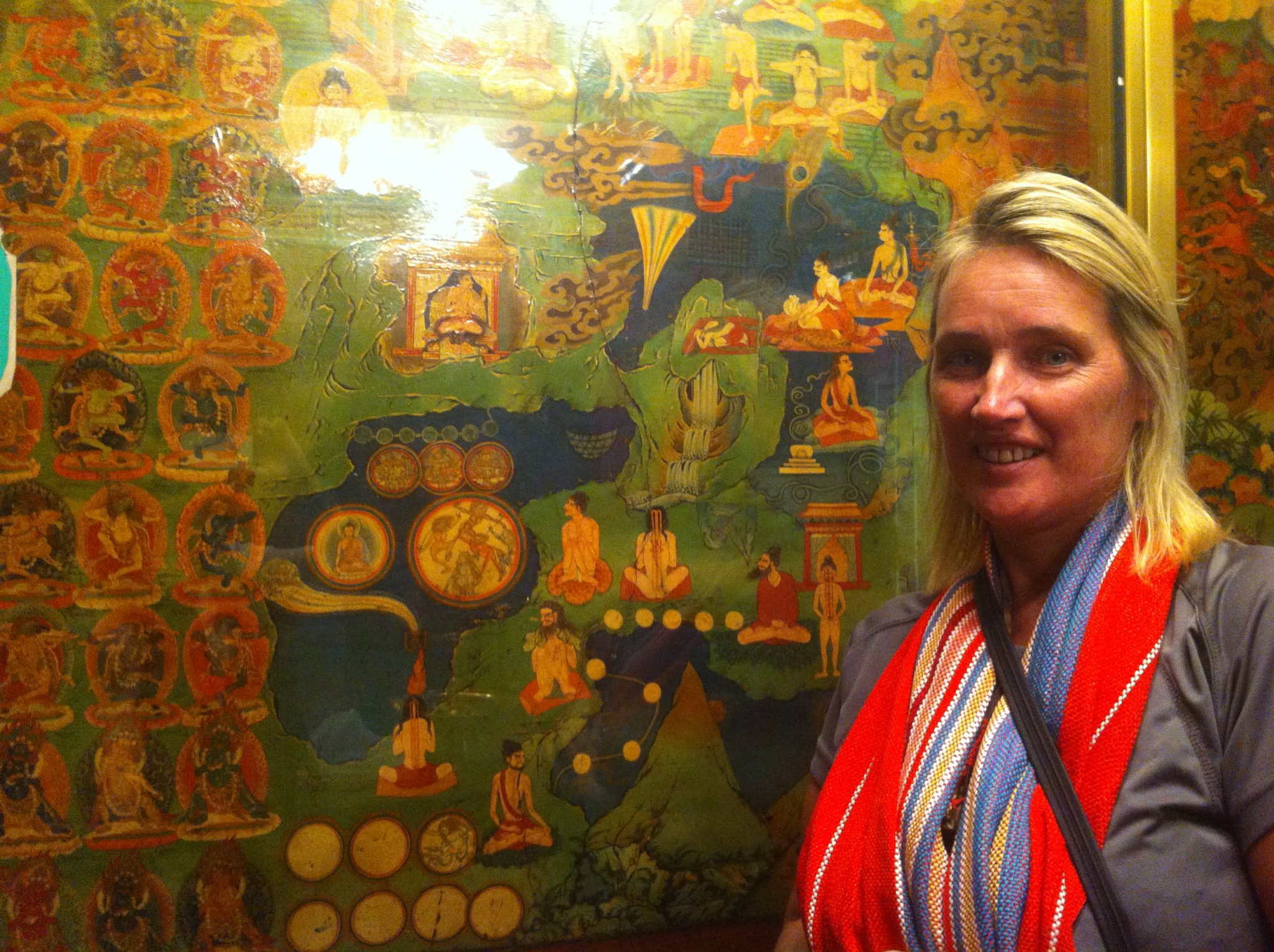
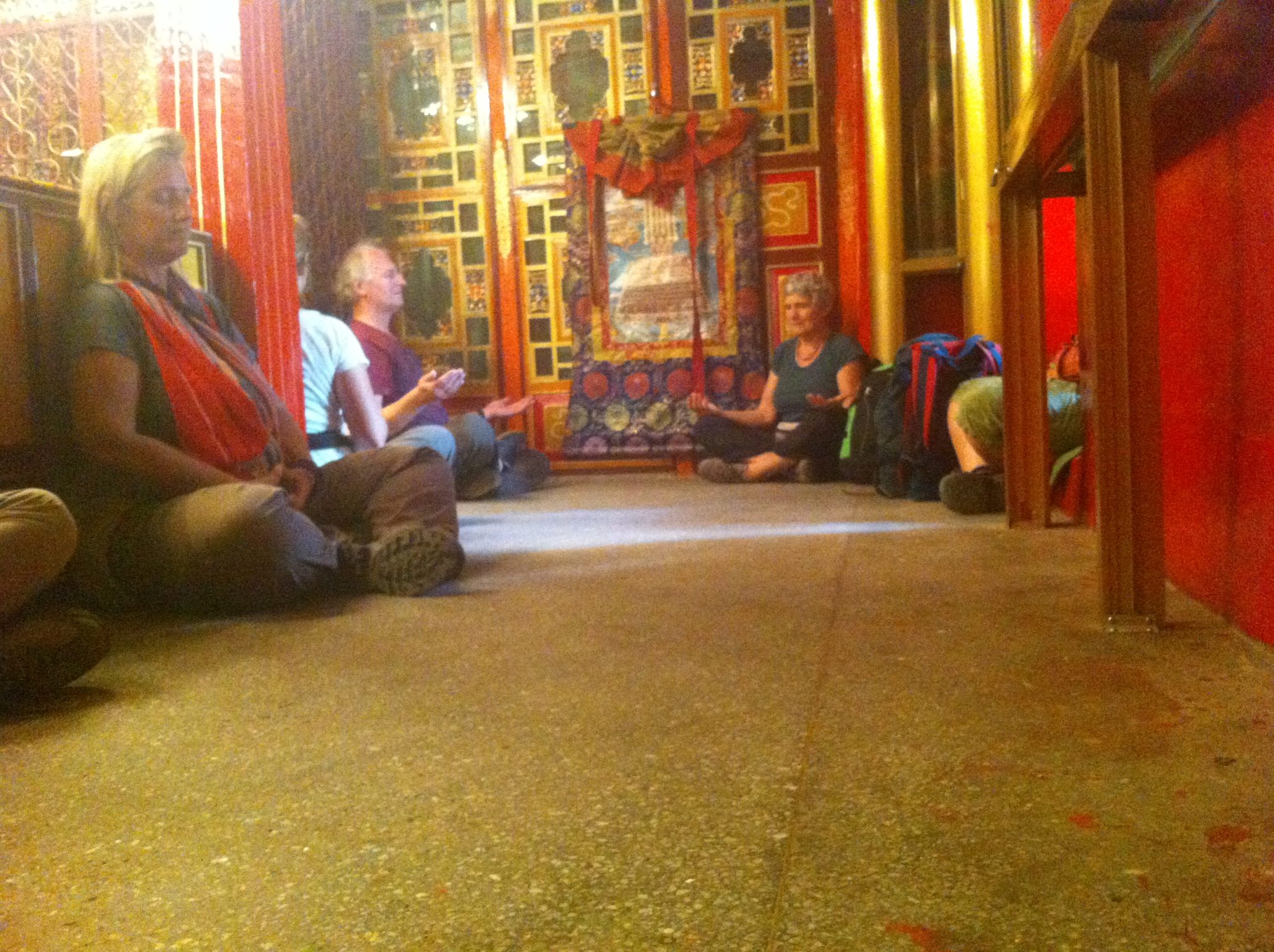


After lunch we go to visit the summer palace, Norbu Lingkha.
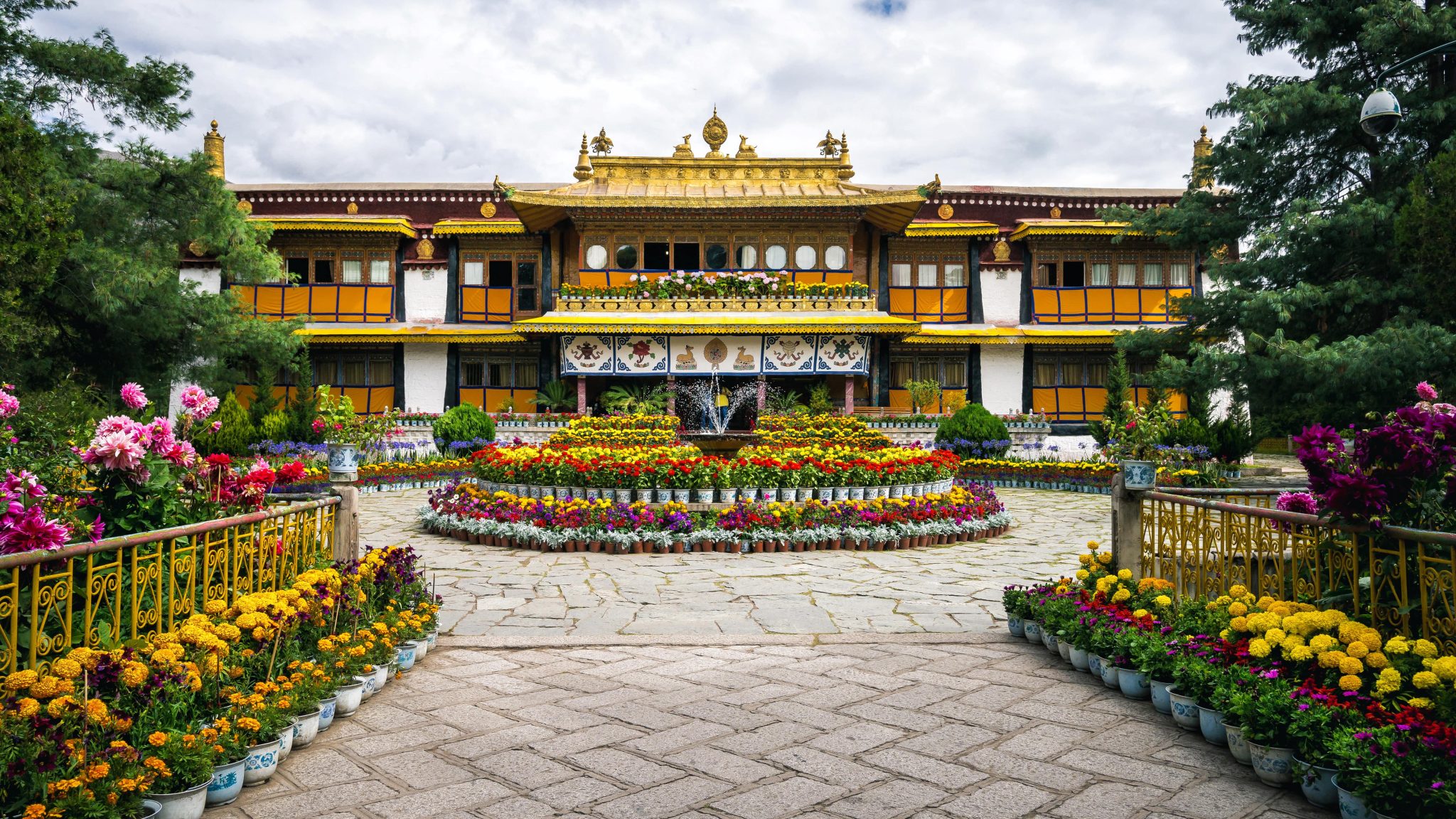 Norbulingka is the summer residence of the Dalai Lamas. UNESCO included Norbulingka in its World Heritage list.
Norbulingka is the summer residence of the Dalai Lamas. UNESCO included Norbulingka in its World Heritage list.
The name Norbulingka means “Jewel Park” or “Treasure Park” in Tibetan.
It is located in a large park with many trees and flowers, and a lake.
There are several palaces in the park, with the 14th Dalai Lama Palace being the most interesting.
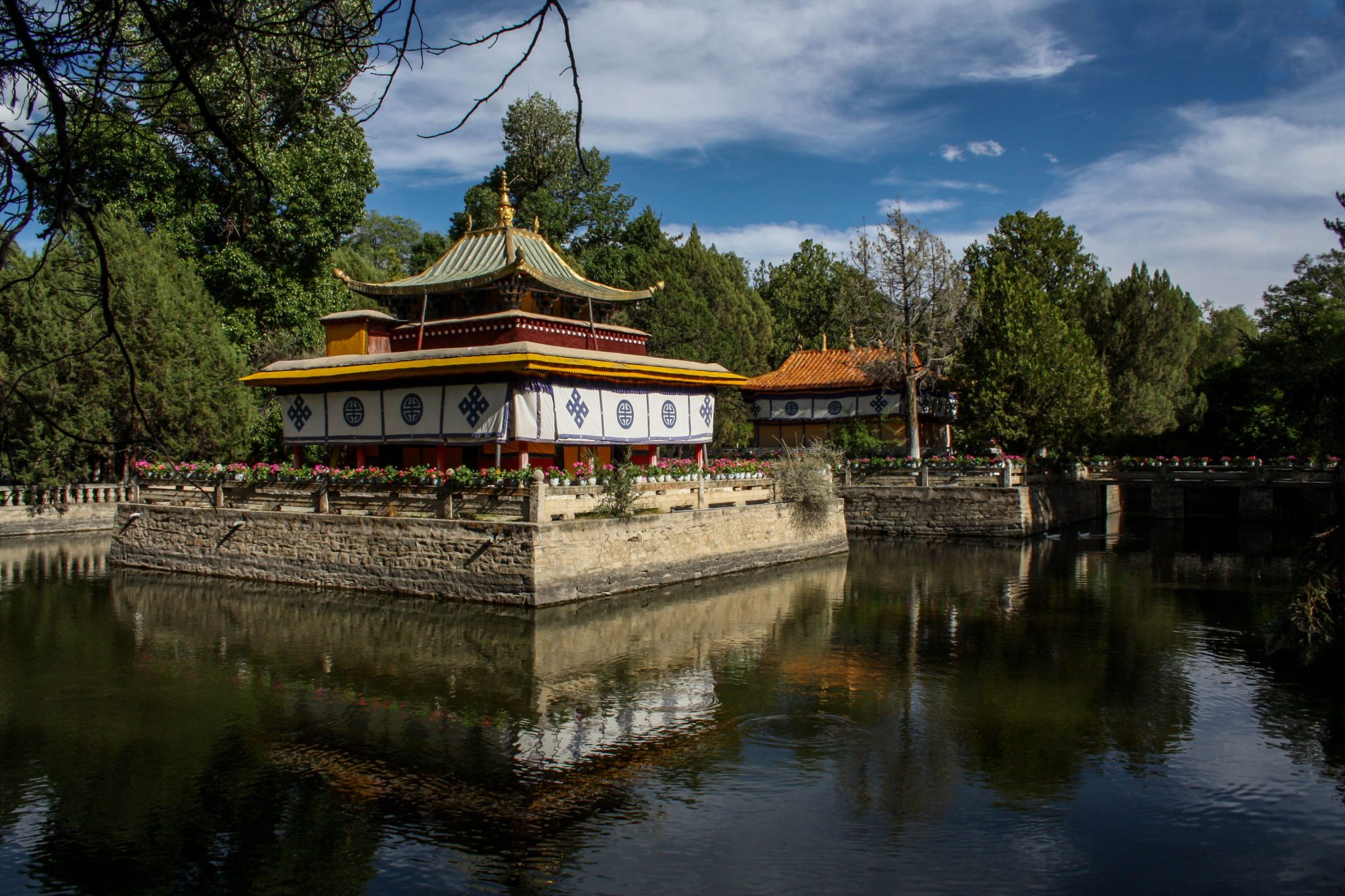
In the evening we will have again a nice dinner in a local restaurant.
Day 5: 28 september 2024: Tsethang
Right after breakfast we head to Tsethang, the third largest city of Tibet.
The drive to Tsethang will take about two hours and will bring is in the South of Tibet.
Southern Tibet, known as Lhoka, is one of the most scenic parts of the Tibetan high plateau, where Tibet's ancient cultural heritage can be explored against a backdrop of shifting sand dunes, forested clearings, visionary lakes and jagged snow mountains.
Here we will visit:
Yumbulakang Palace
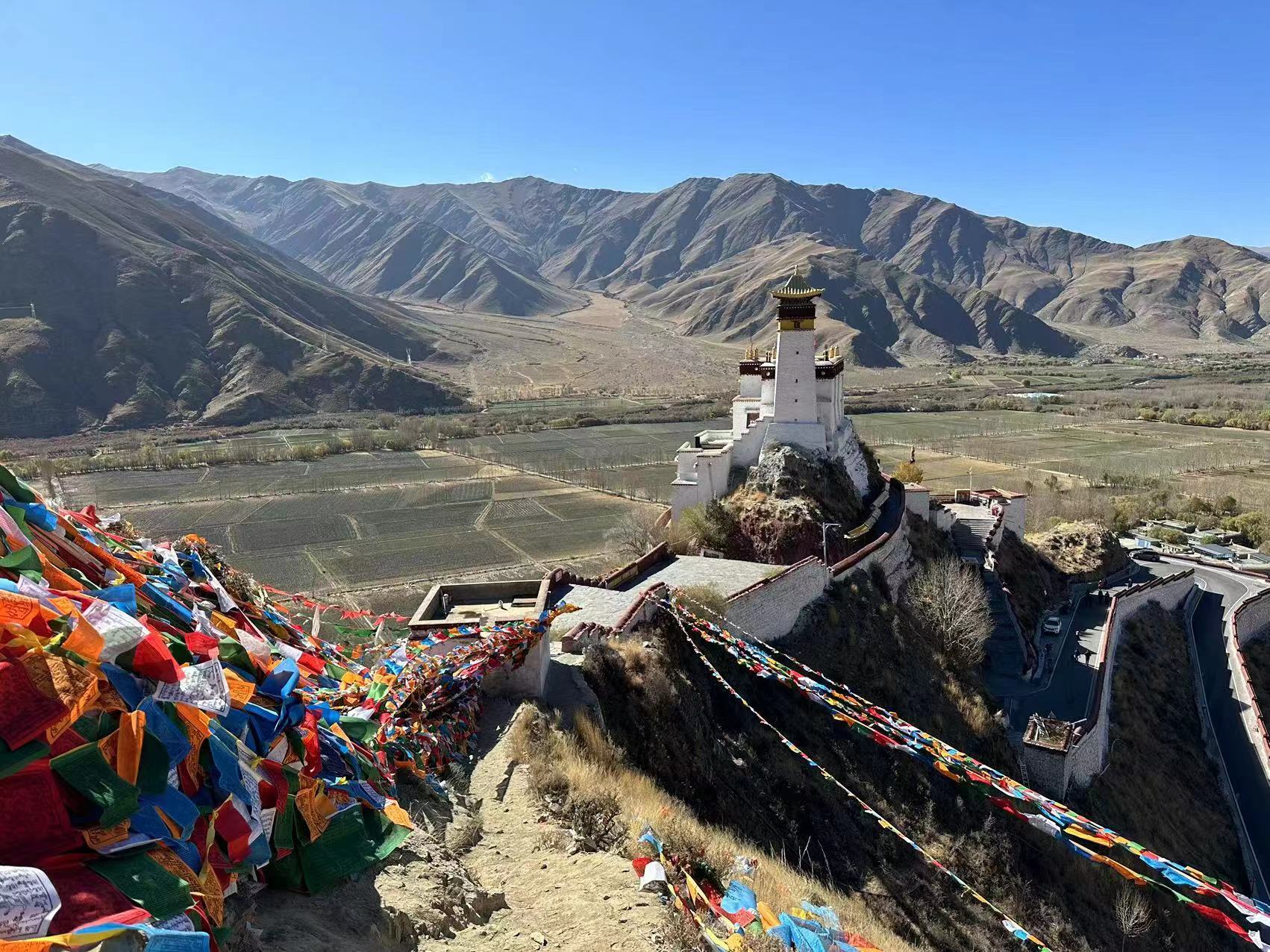
Yumbulagang is the first palace in Tibetan History. It also served as a fortress.
The exact date of the construction of Yumbulagang is unknown. Historical sources indicate that it was built in the 2nd century by the first Tibetan king. However, some research shows that the base of Yumbulagang might be even earlier. Originally, it had very thick walls and served as a fortress.
Unfortunately, during the cultural revolution, the original structure was damaged. The building was restored in 1982. Another round of repairs to both exterior and interior finished in 2019.

Mindrolling Monastery

Mindrolling Monastery, also called Orgyen Mindrolling, is the largest Nyingmapa monastery in Central Tibet. The complex is one of the most beautiful in Tibet

Tradruk Temple
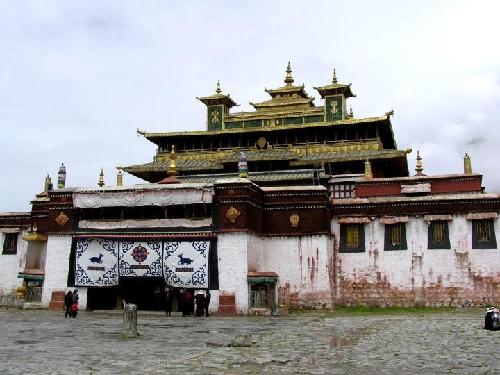
Tradruk temple and Jokhang temple were built at approximately the same time. According to beliefs, Tradruk was one of the geomantic temples built to subdue a huge ogress that symbolizes Tibetan terrain. Temple stands on ogress’s left shoulder, while Jokhang stands at her heart.

We spend the night here in Tsethang.
Day 6: 29 september 2024: Samye - Samye Chimbu
In the morning right after breakfast we visit Samye monastery, it is the first monastery in Tibet which was built in the 8th century.
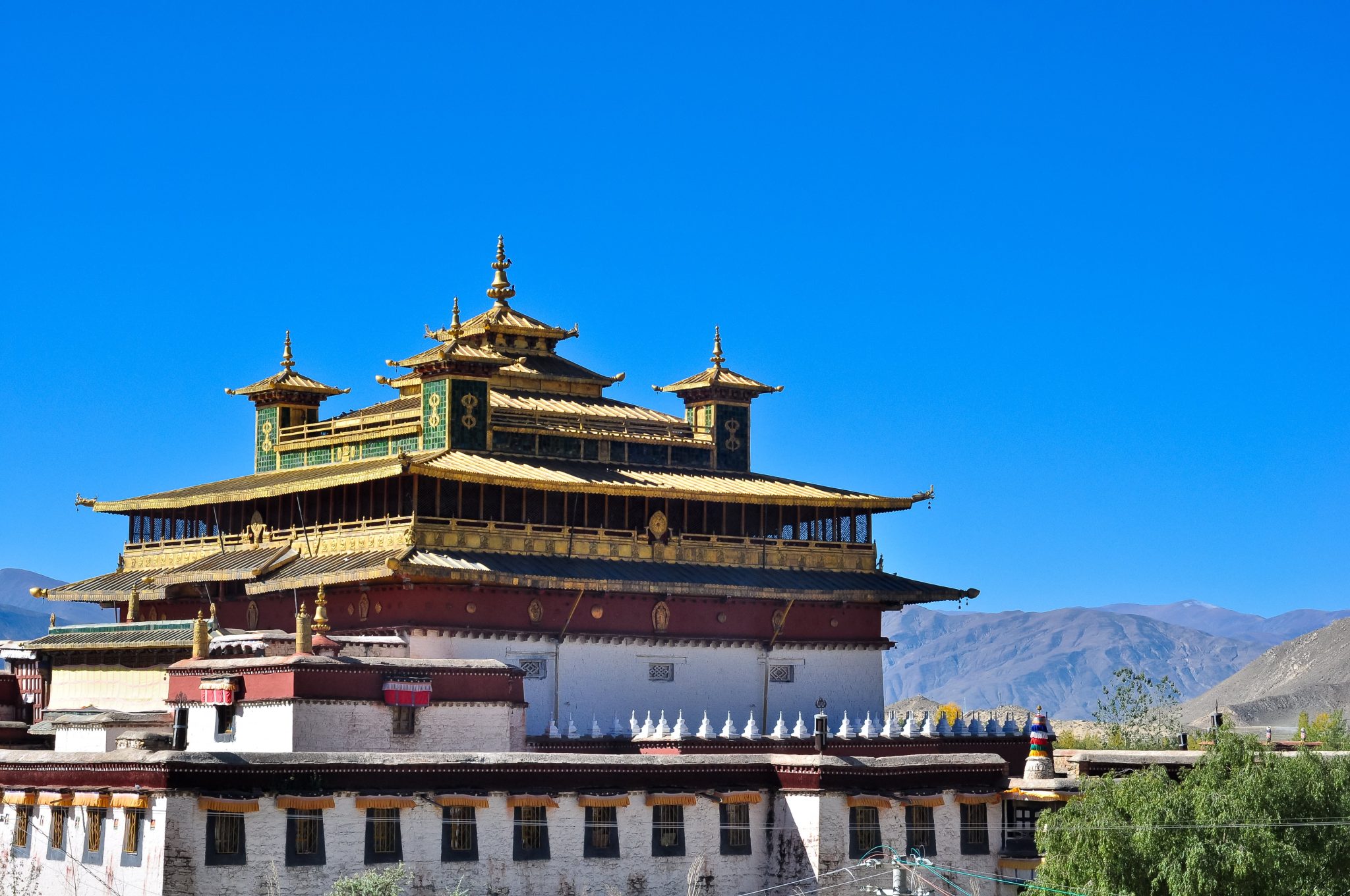 Samye monastery was built in the second half of the 8th century by the King Trisong Detsen. The king invited Indian master Padma Sambhava (also named Lotus Buddha, while Tibetans call him Guru Rinpoche) to help to establish Buddhism in Tibet.
Samye monastery was built in the second half of the 8th century by the King Trisong Detsen. The king invited Indian master Padma Sambhava (also named Lotus Buddha, while Tibetans call him Guru Rinpoche) to help to establish Buddhism in Tibet.
The Samye monastery complex is in a shape of Mandala that represents the Buddhist Universe.

Samye monastery was damaged and rebuilt many times throughout its history.
(interesting detail - in Mustang (Nepal) is the monastery Go Lekhar built - Guru Rinpoche said this monastery need to be established before so Samye would not be destroyed again).
After our visit to Samye we will do a hiking in the surrounding area.
It’s about 3 hours hike one way where we will on the way visit the
CHIMPU HERMITAGE
 The Chimpu Hermitage is one of the most sacred sites in Tibet, and it attracts many pilgrims.
The Chimpu Hermitage is one of the most sacred sites in Tibet, and it attracts many pilgrims.
 In 2019, there are almost 300 hermits, monks and nuns meditating in the caves scattered on the mountain slope.
In 2019, there are almost 300 hermits, monks and nuns meditating in the caves scattered on the mountain slope.
Today, there are a hundred or more yogis, men and women, living there in retreat. As we hike through Chimphu, there are many occasions to meet them.
We spend the night in Samye.
Day 7: 30 september 2024 - Samye – Gyangtse
After breakfast we head Gyangtse, on the way we will visit to Yamdrok Lake, one of Tibet’s holiest and most beautiful lakes.
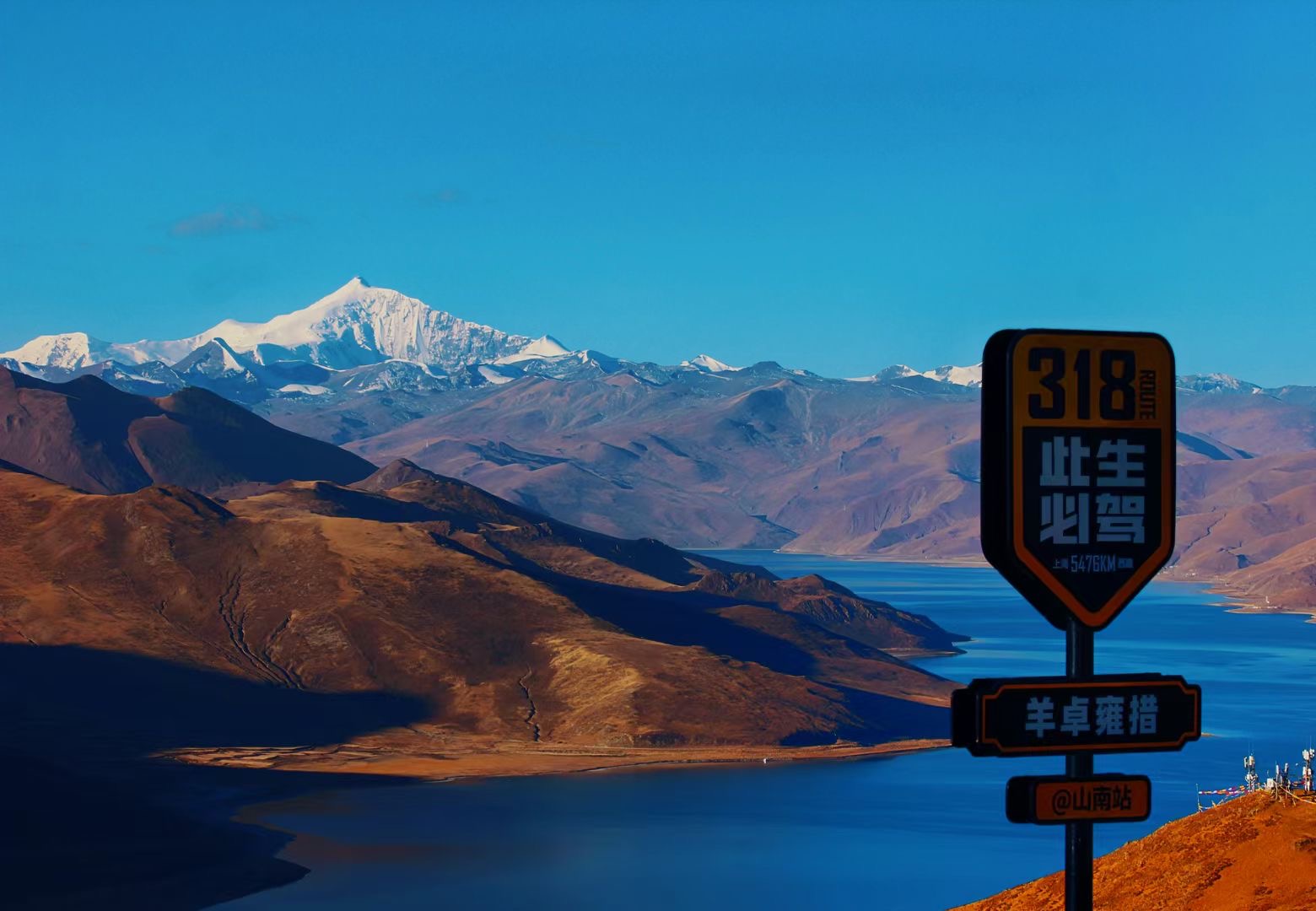
Yamdrok lake or Yamdrok Tso is a freshwater lake. It is one of the four sacred lakes in Tibet, and the third largest holy lake. It is stretching over 72 km in length and is 60 meters deep at the lowest point.
The Yamdrok Lake altitude is 4,441 meters above the sea level.
Yamdrok is famous for its incredible turquoise color. Its water is rich in minerals, that give the lake this color. The color can range from light turquoise in the direct sunlight to the deep rich blue in cloudy weather.
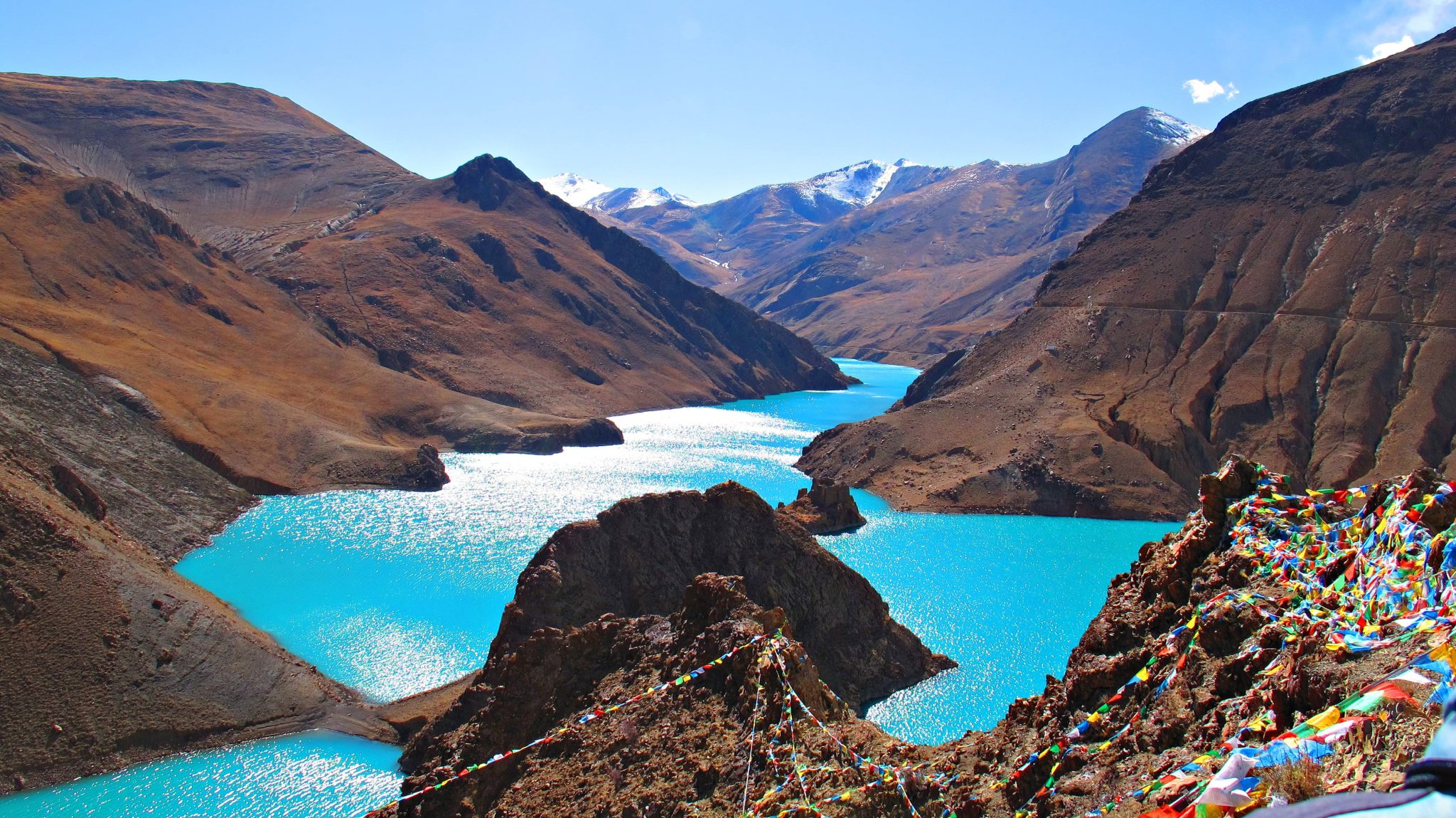

It is a trdaition to built stupa's at holy places.
We will also take our time to built our own stupa.

The 7191m Mount Nojin Kangtsang can be seen in a distance.

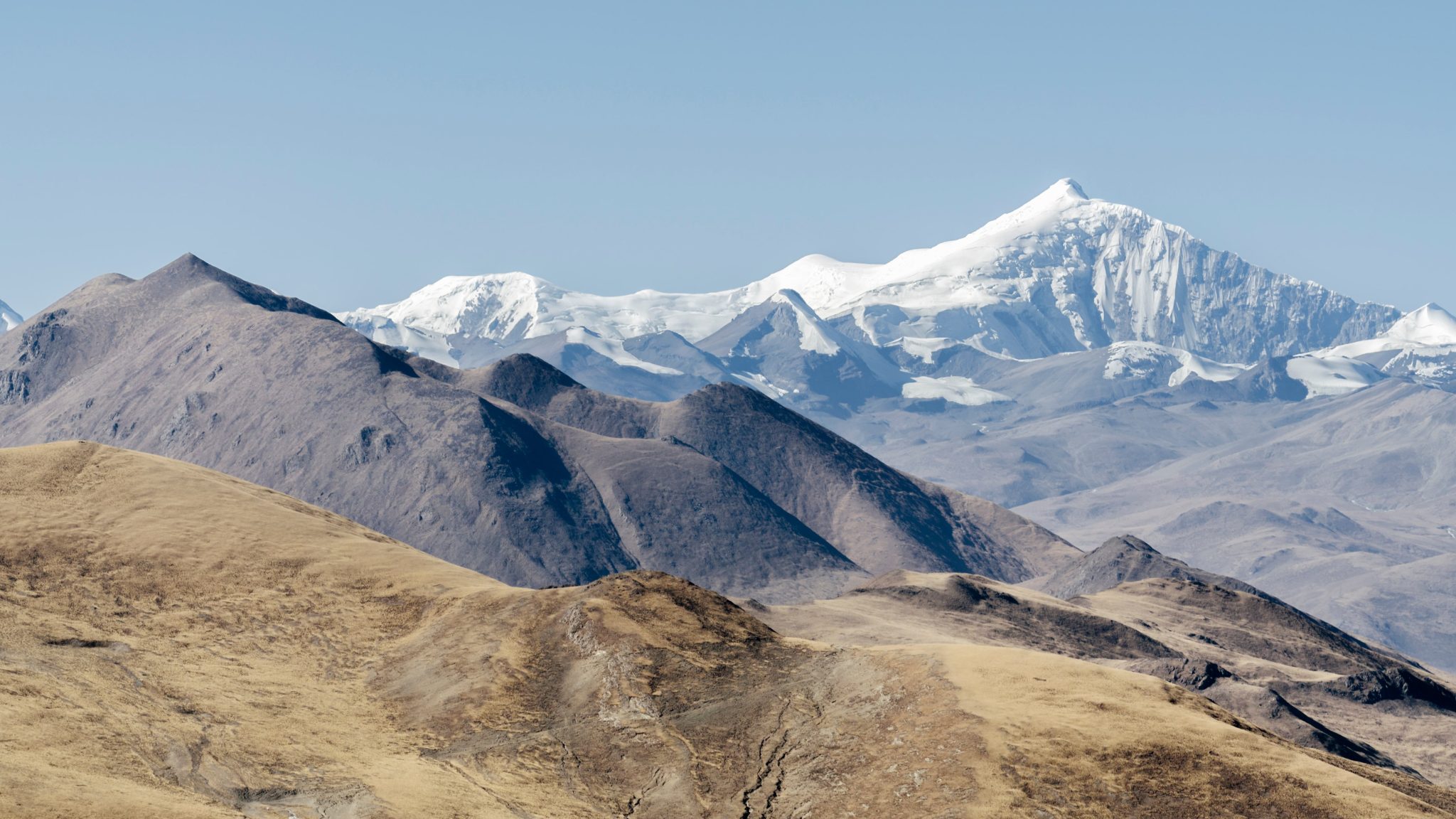
After visiting the lake, wewill drive to Gyantse, which has an elevation is 3950m.
Gyantse is located on the trade routes, connecting Lhasa on the East, Shigatse on the West, and India on the South. That’s why it became the main center for Tibet’s wool and timber trade with India, Nepal, Bhutan and Sikkim.
The Old Town consists of whitewashed houses perching on the narrow winding streets.
We will visit the famous monastery in Gyantse, Pelkor Chode Monastery.
PELKOR CHODE MONASTERY

 Pelkor Chode or Palcho Monastery is a large and old monastery complex dominating the Gyantse scene. It stands on the hillside and you can see it from a distance.
Pelkor Chode or Palcho Monastery is a large and old monastery complex dominating the Gyantse scene. It stands on the hillside and you can see it from a distance.
The Highlight of the monastery complex is impressive Stupa to the left from the Assembly Hall.
KUMBUM STUPA
 Kumbum is the largest stupa in Tibet. It is 35 meters high with 9 floors. There are 77 chapels and 108 doors, the number important in Buddhist religion. Inside the chapels you will see Hundred Thousand images on various murals inside the stupa, as well as statues. There is a large terrace overlooking Pelkor Chode monastery and the Old town with a panoramic view on the walls of the old fort.
Kumbum is the largest stupa in Tibet. It is 35 meters high with 9 floors. There are 77 chapels and 108 doors, the number important in Buddhist religion. Inside the chapels you will see Hundred Thousand images on various murals inside the stupa, as well as statues. There is a large terrace overlooking Pelkor Chode monastery and the Old town with a panoramic view on the walls of the old fort.
GYANTSE OLD TOWN
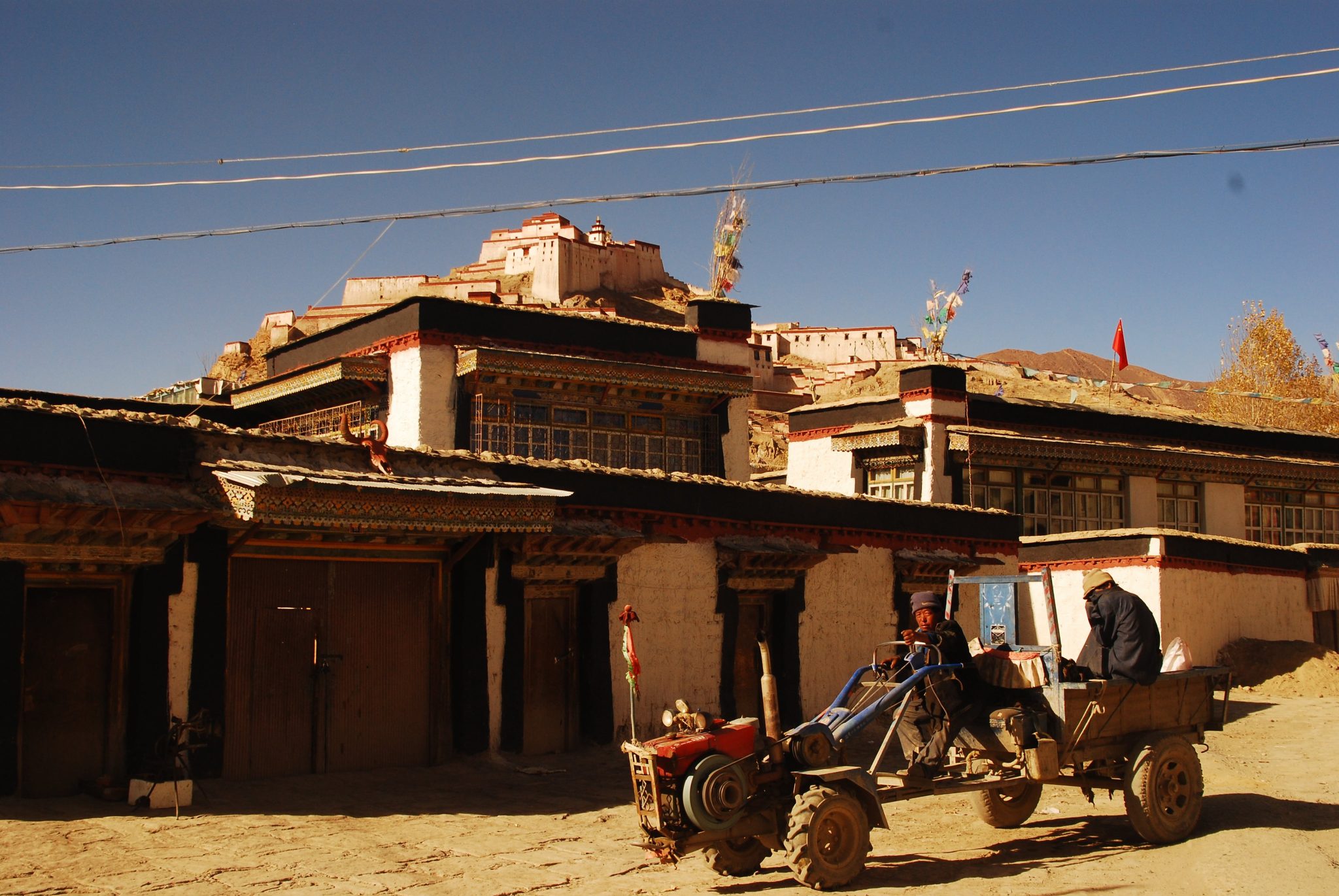
 At the foot of the Pelkor Chode monastery there is a small quarter of well preserved old houses.
At the foot of the Pelkor Chode monastery there is a small quarter of well preserved old houses.
The area is very quiet and very scenic.
You can take a stroll along the old streets and take photos of cute houses with flowers on the porch and cows tied to almost all of the houses.
We will have dinner toghether in a local restaurant and stay overnight in Gyantse.
Day 8: 1 oktober 2024: Gyangtse – Sakya
After breakfast we drive directly to Sakya monastery.
SAKYA TOWN AND MONASTERY
Sakya monastery is one of the most impressive attractions in Tibet.
The monastery exterior is spectacular. It is surrounded by high black colored walls with watchtowers on all four corners.
The primary colors of the monastery – white, red and black.


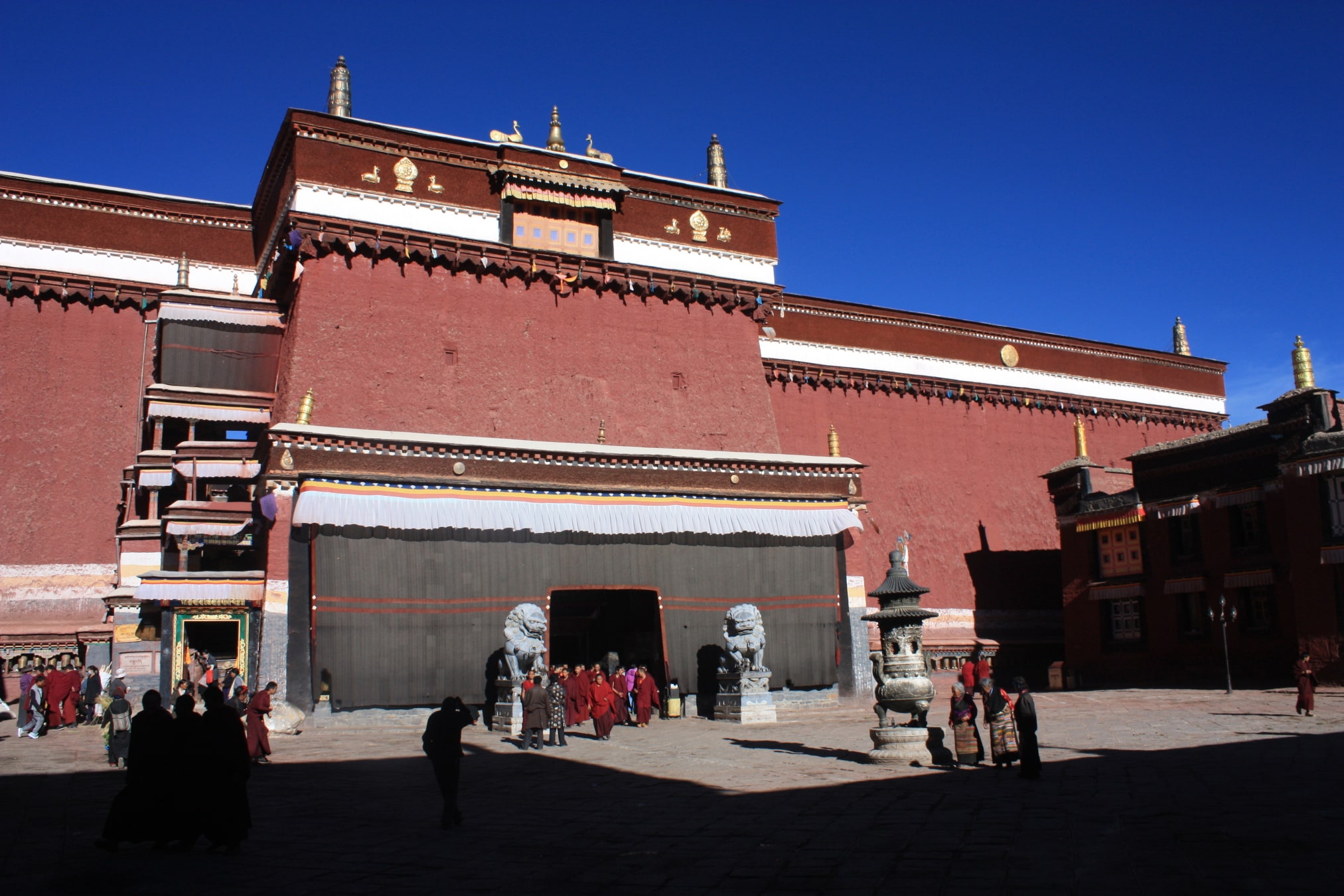
Sakya monastery houses many important artifacts.

THE GREATEST LIBRARY IN TIBET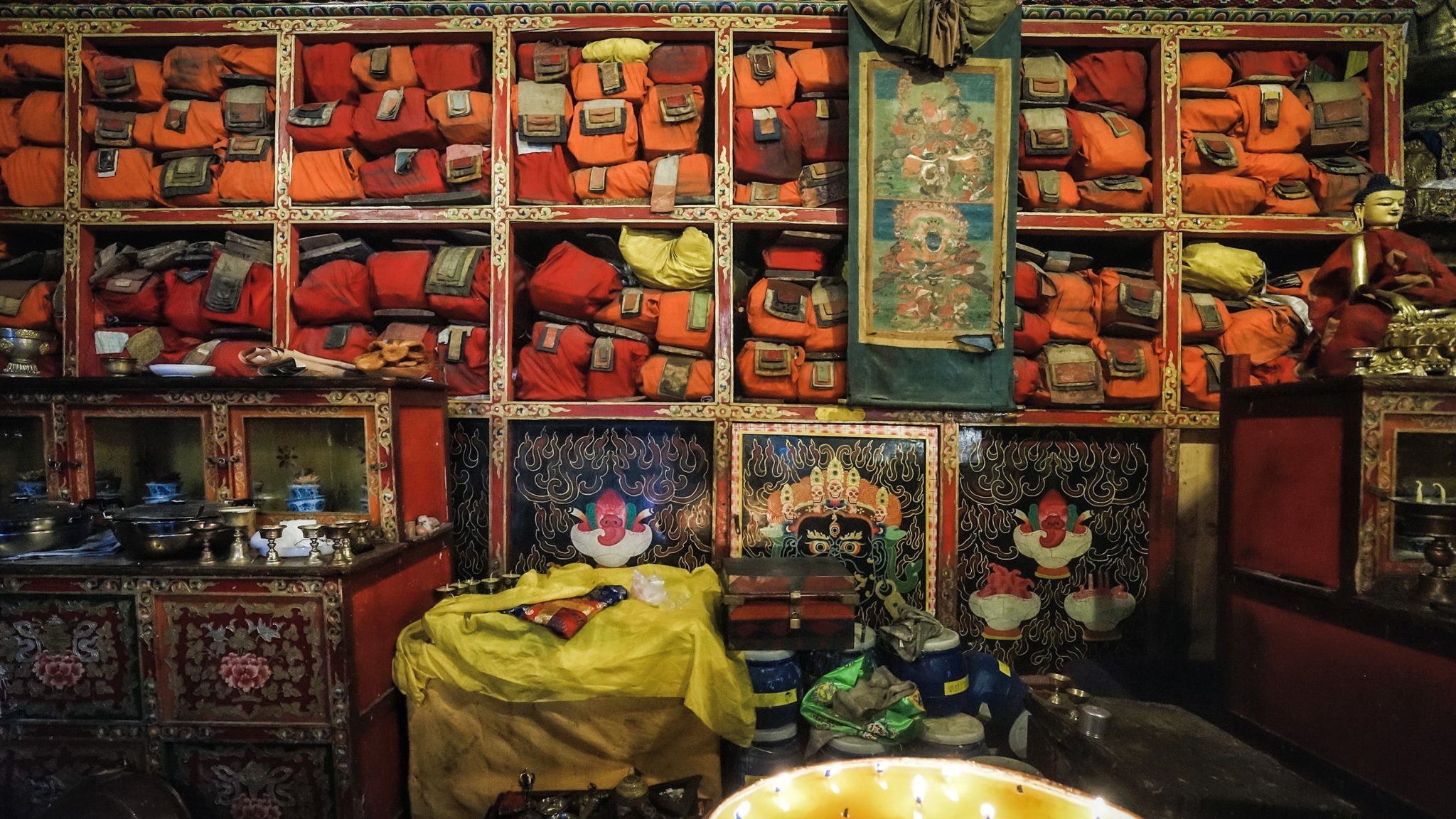
ANCIENT THANGKAS AND MURALS
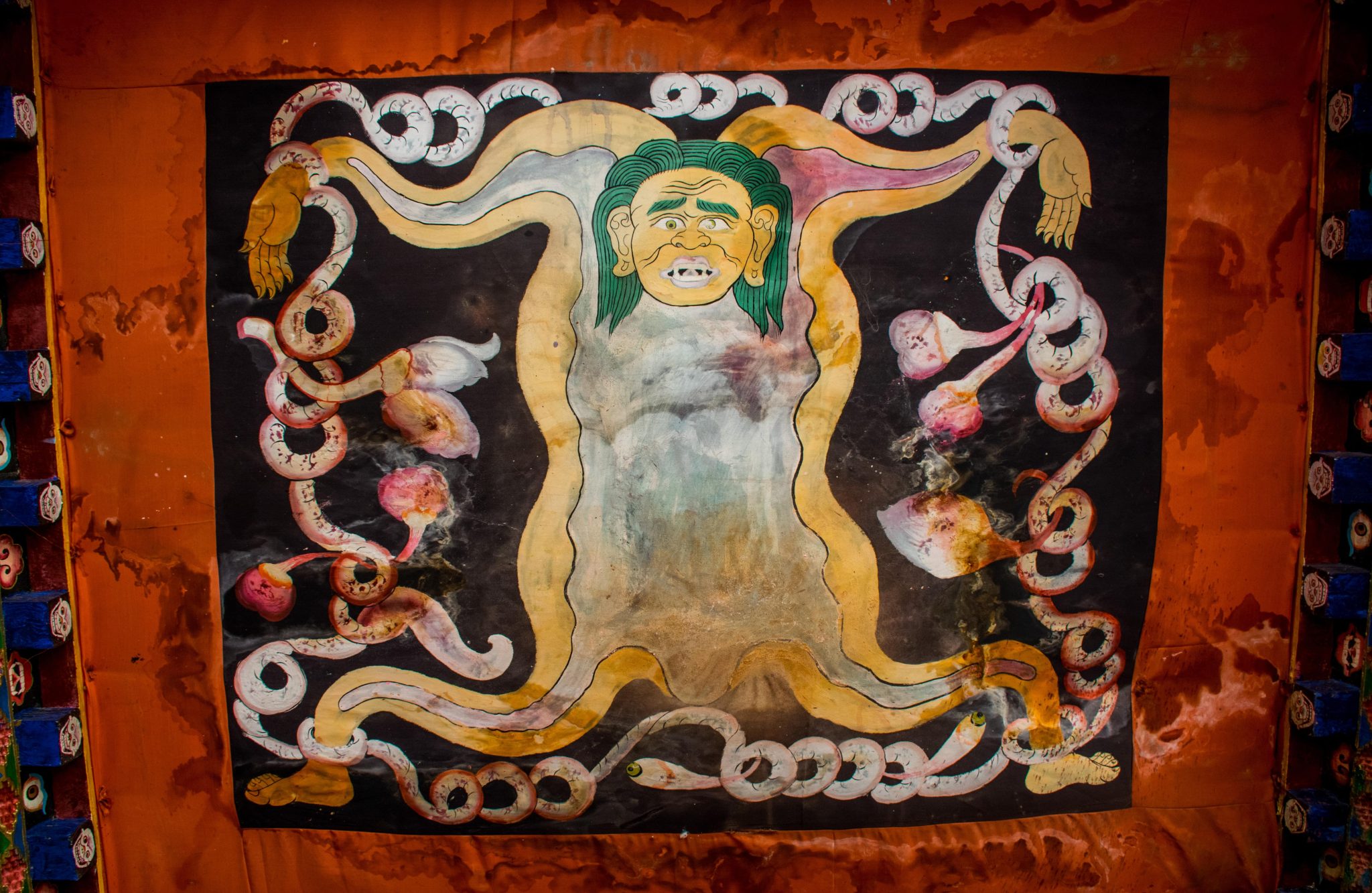
You will see many ancient murals on the walls of Sakya, many dating back to 13-14th centuries.
We will stay overnight at Sakya.
On the road to Sakya it is possible to see some wild animals of Tibet on the way.
Below - pictures from past trips - Tibetan Fox and wild cat

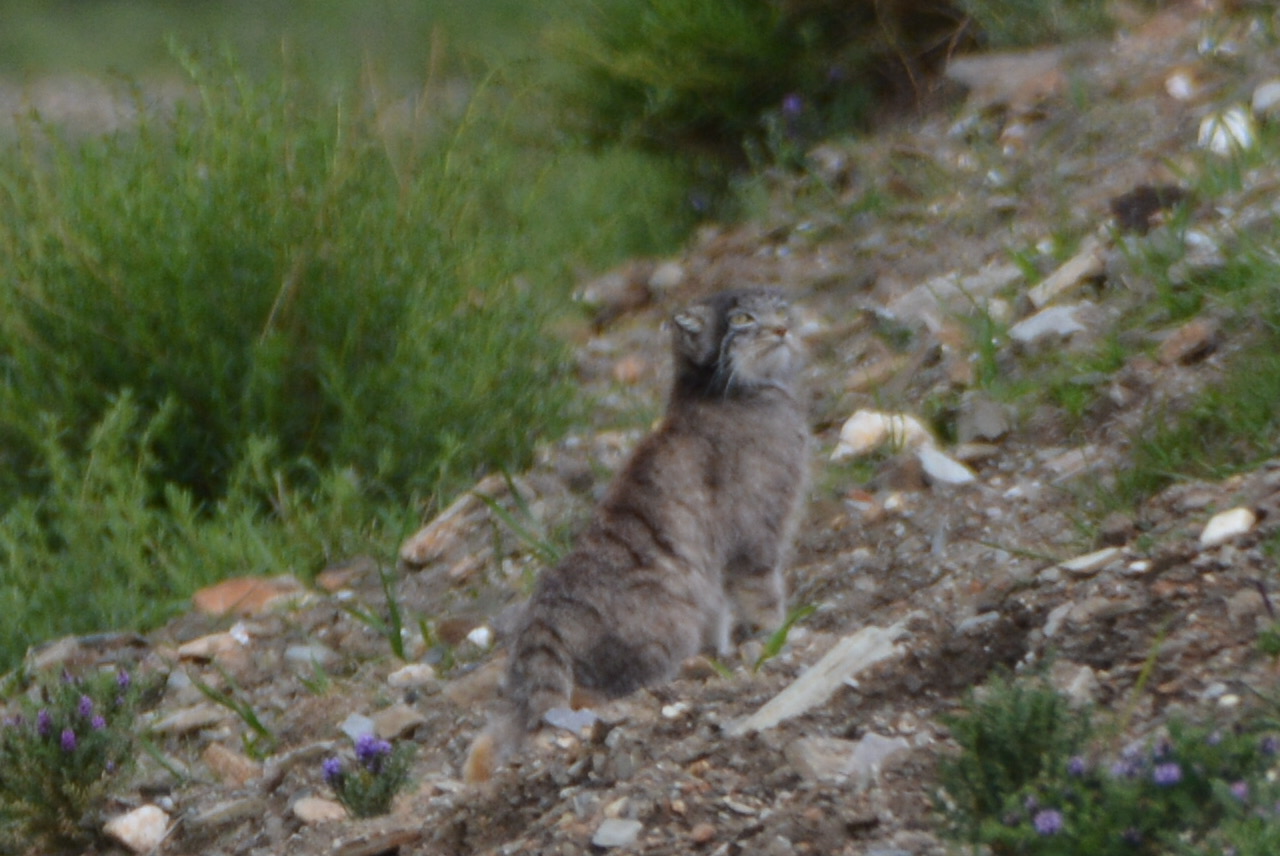
Day 9: 2 oktober 2024:Sakya -Shigatse
After our breakfast we will start our travel to Shigatse, the second largest city in Tibet.

Shigatse, is the capital of the province of Tsang, is 354 km west of Lhasa.
Shigatse has long been the commercial and political center of Tsang region.
The massive old fort or dzong in Tibetan dominated the city landscape.
In the past, during the 16th – 17th centuries, the Kings of Tsang lived there. .
TASHI LHUNPO
Tashi Lhunpo, sometimes spelled Tashilhunpo.
The monastery is a seat of Panchen Lama, the second most important Lama in Tibet after the Dalai Lama.
In the past the monastery was a home to 4,000 monks.
Nowadays around 900 monks live there.

Tashi Lhunpo monks wear distinctive red shoes.
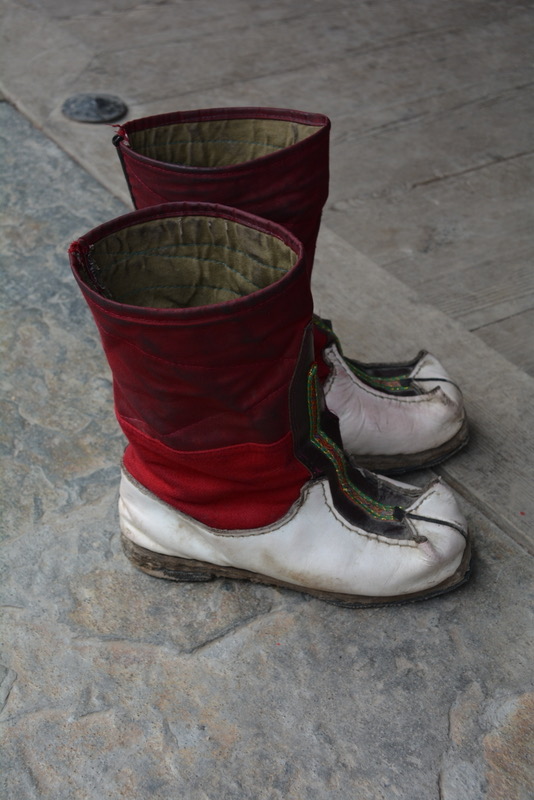

DO A KORA AROUND THE MONASTERY

We will do a kora toghether around this beautiful monastery.
You can see many Tibetans walking the kora around the monastery walls.
It takes approximately 1 hour and you will get an amazing view on Shigatse from the hill above Tashi Lhunpo.
Afterwards we will have dinner toghether and stay ovrnight in Shigatse.
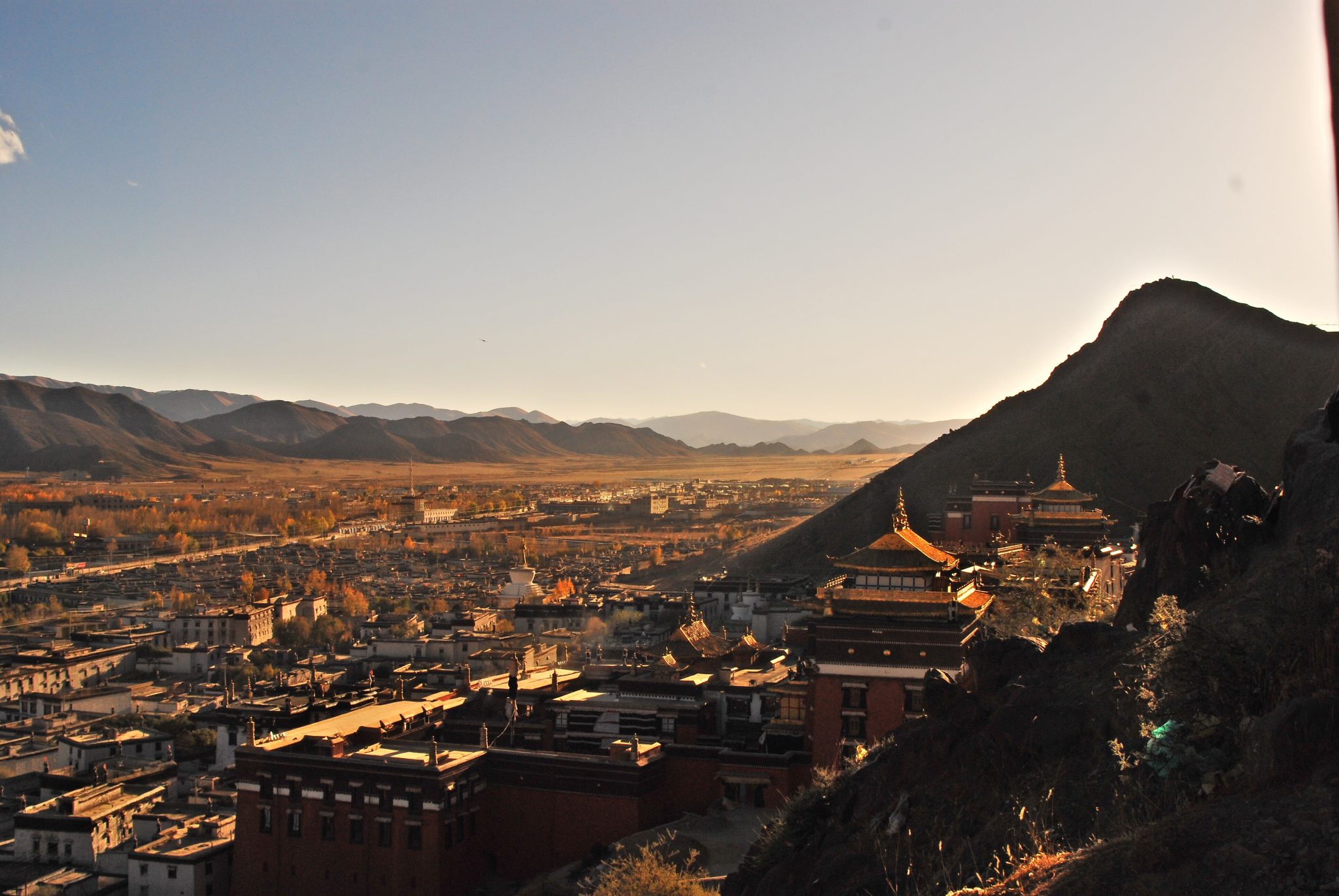

Day 10: 3 oktober 2024: Shigatse- Damxung (330km 6-7hours’ drive)
Today we will drive from Shigatse to Damxung town for that we need to pass a very high pass Shoggu-la(5440m).

On the way we will see barren mountains, small streams and vast pasture which are the parts of the great Changtang Plateau.
The Changtang is a high altitude plateau in western and northern Tibet extending into southeastern Ladakh, with vast highlands and giant lakes. From eastern Ladakh Changtang stretches approximately 1600 km east into Tibet, as far as the province of Qinghai.
It is the home of the Changpa nomads.
As of 1989 there were half a million nomads living on Changtang Plateau. Unlike many other nomadic groups, the Changpa are not under pressure from settled farmers as the vast majority of land they inhabit is too inhospitable for farming.
On our way we will stops to meet the nomads and see how they live.
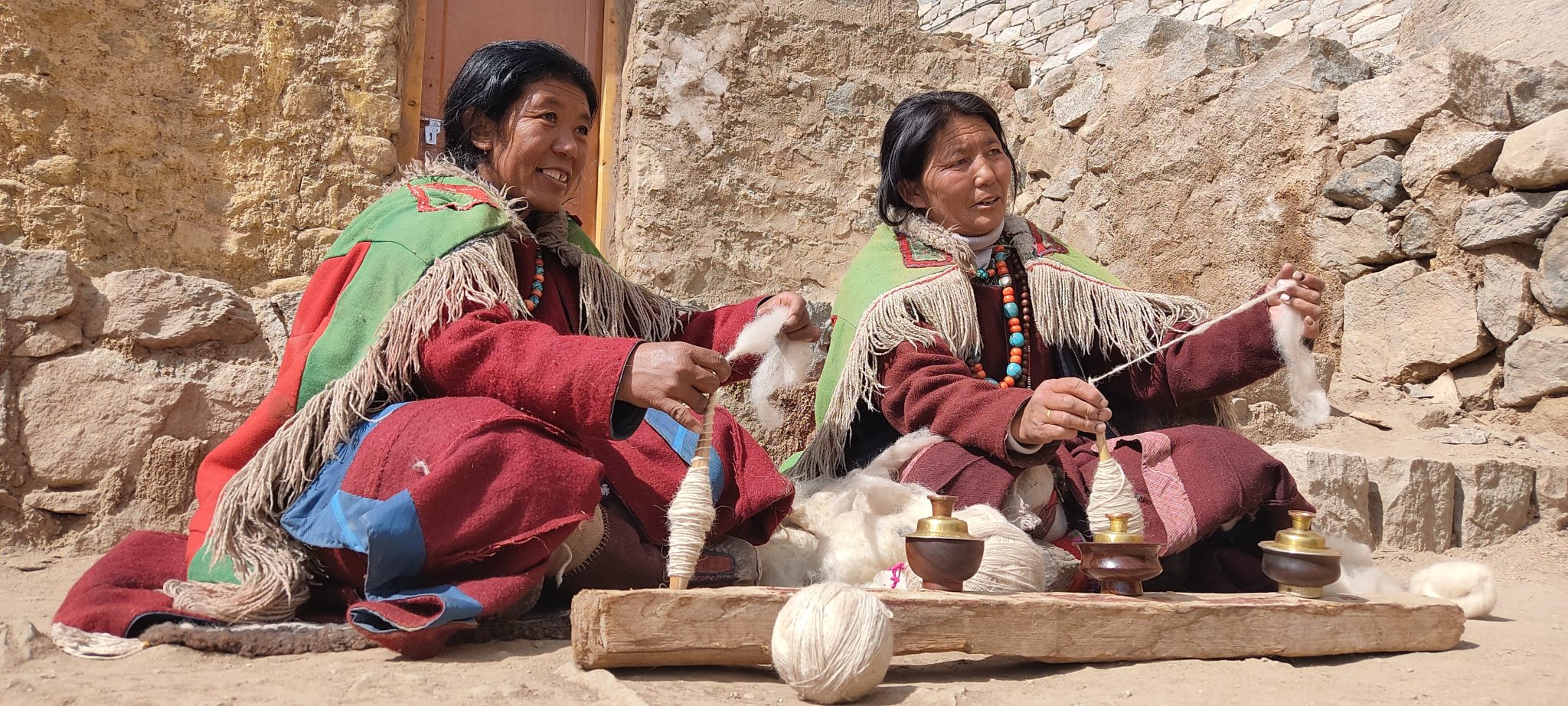
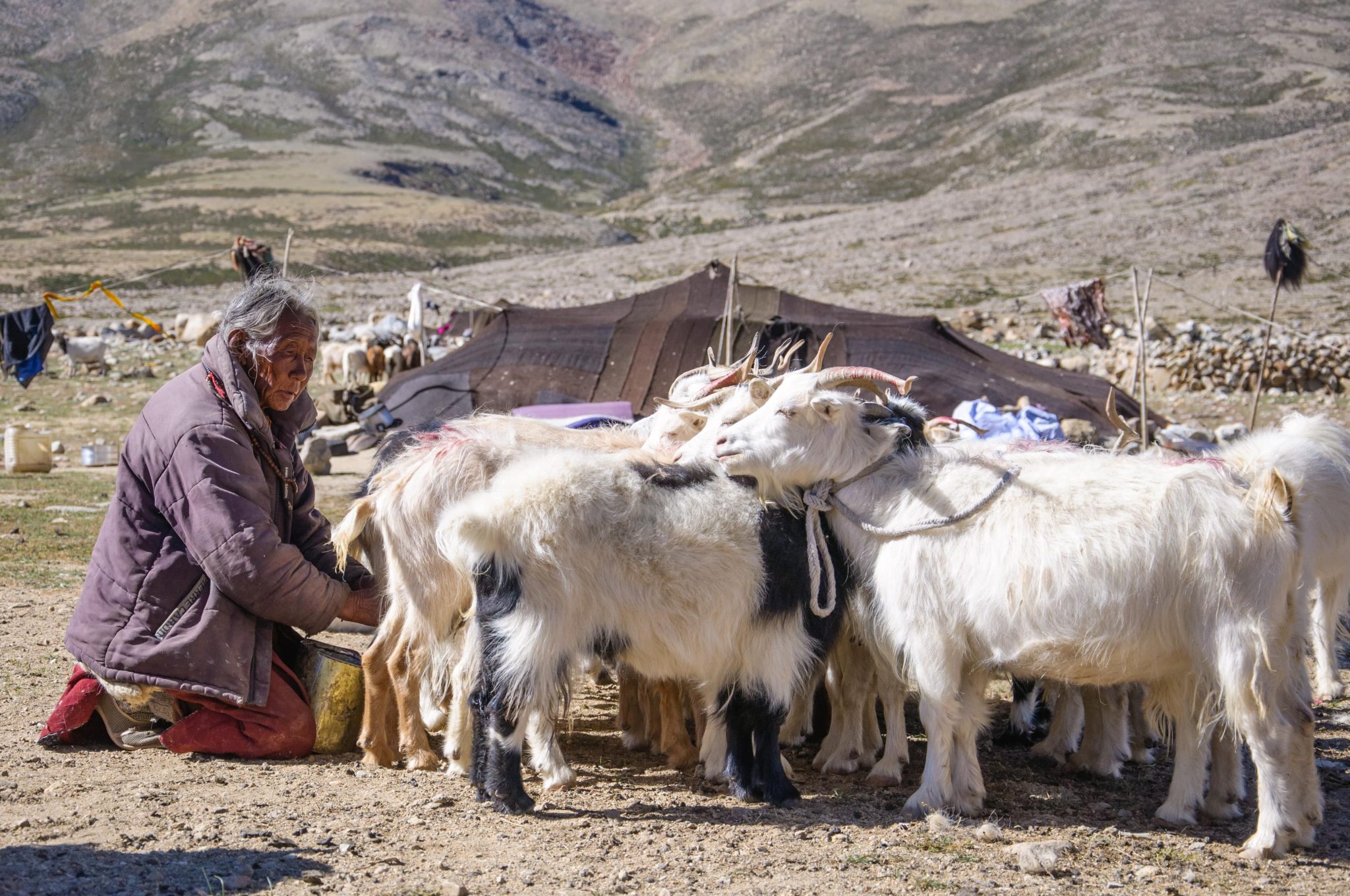
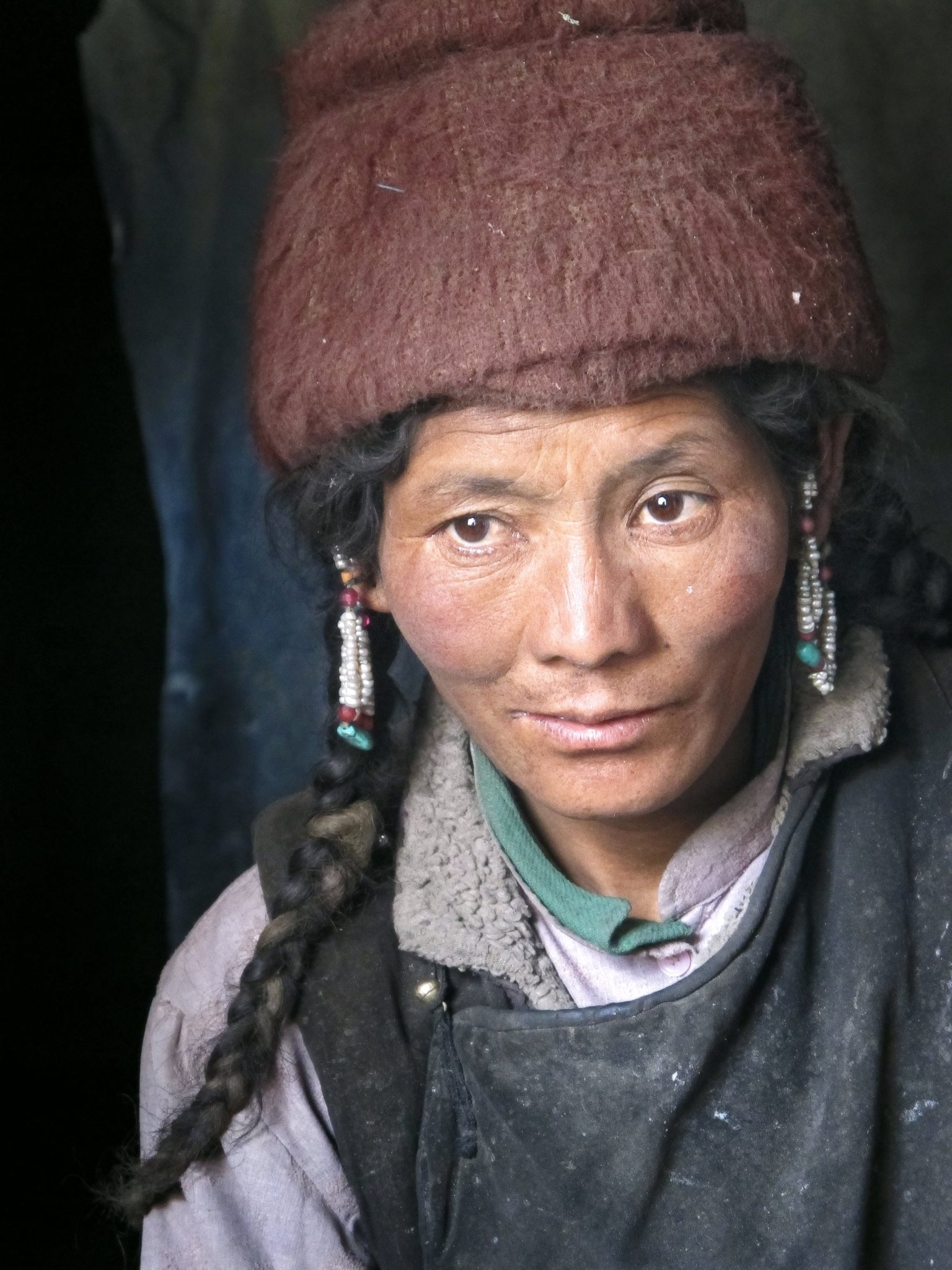

There’s also a great chance of seeing Tibetan nomads with their yak herds and traditional black tent.
With the constantly improving ecosystem in recent years, the Changtang National Nature Reserve has become a paradise for many wild animals, including wild yak, Tibetan antelope and Tibetan dzigettai. Nowadays there are more than 1000 species of wild life inhabiting the area.

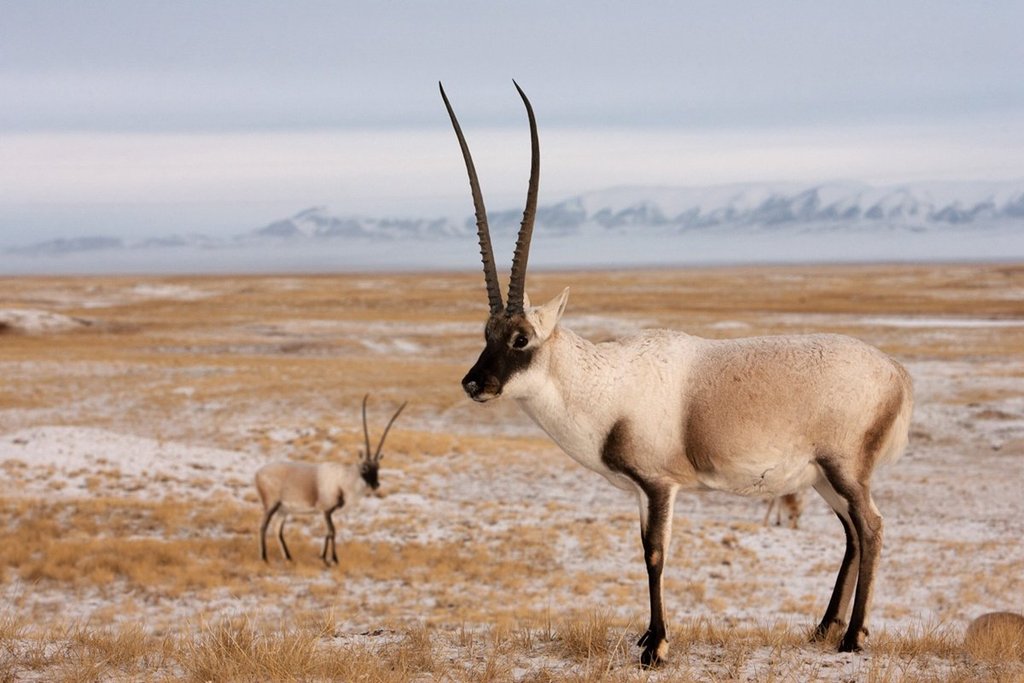
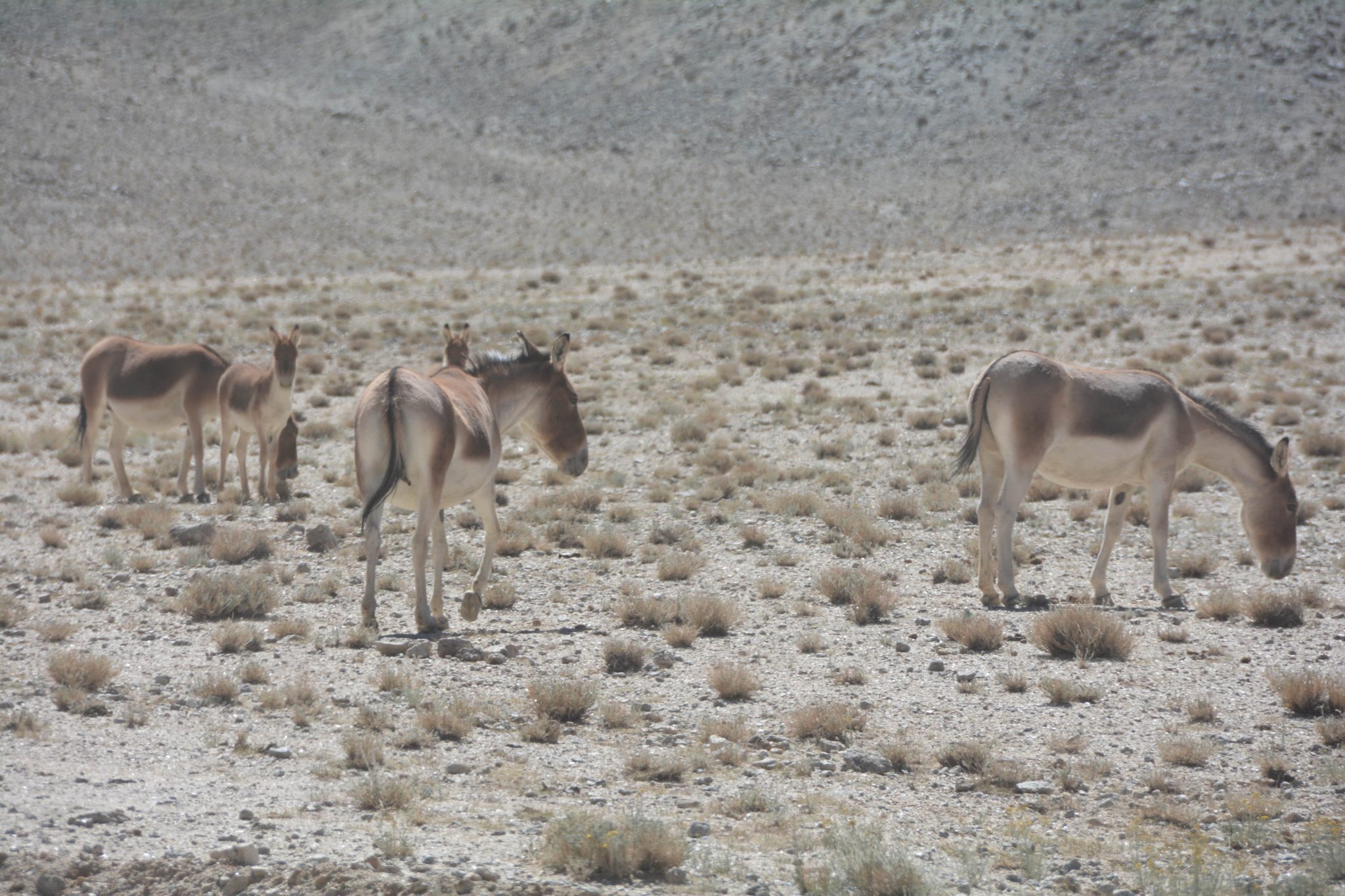
(picture of Kyangmo - tibetan dzigettai - was taken in the Changtang National Nature Reserve but in Ladkah).
On the clear days, we will see the snow-capped Ngenchen Thangla Range with the peaks of over 7000m when we are about to arrive Damxung town.
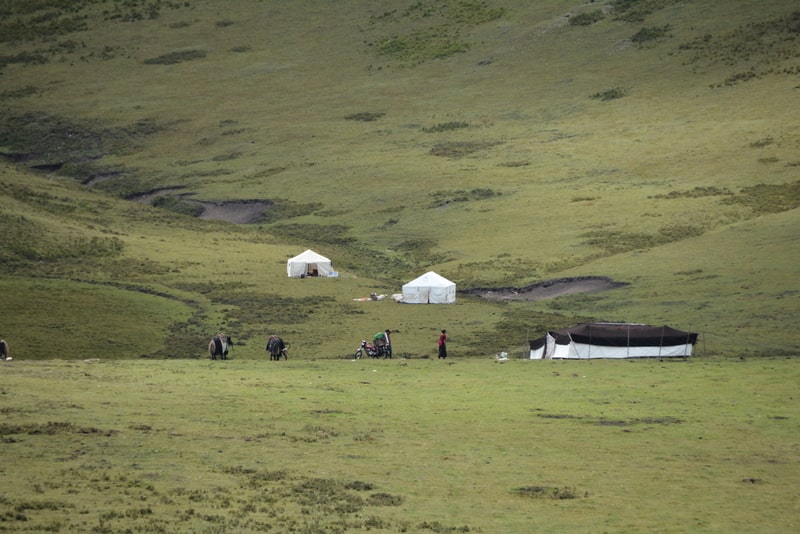

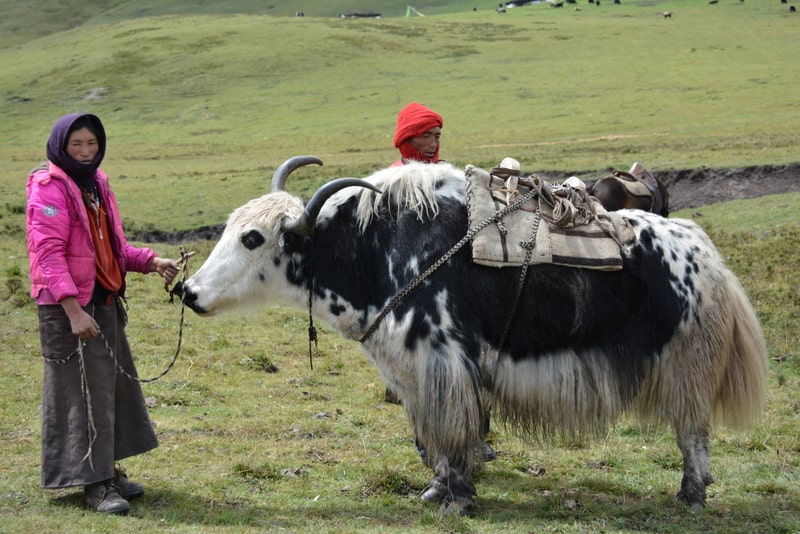
Stay overnight in (Elevation 4200m)
Day 11: 4 oktober 2024: Damxung -Namtso lake-Reting Monastery (200km - 5hours’ drive)
In the morning we will head towards Namtso, one of the most beautiful natural sights in Tibet.
To reach there we need to cross a high pass Largen-la (5190m).

Namtso lake altitude is sweeping 4718 meters above the sea level.
Because of its location high in the mountains, some people call Namtso a “sky lake” or a “Heavenly lake”.
It is Tibet’s largest saltwater lake, and also one of the highest lakes in Tibet.
It is one of the three holy lakes in Tibet and is an important pilgrimage sight for Tibetan Buddhist. Surrounding snow-peaked Nyechen Tanglha mountains are often covered in snow even during the summer months.
Once we reach the tourist center of Namtso, we must use the eco-bus to take us 30km to the lakeshore.
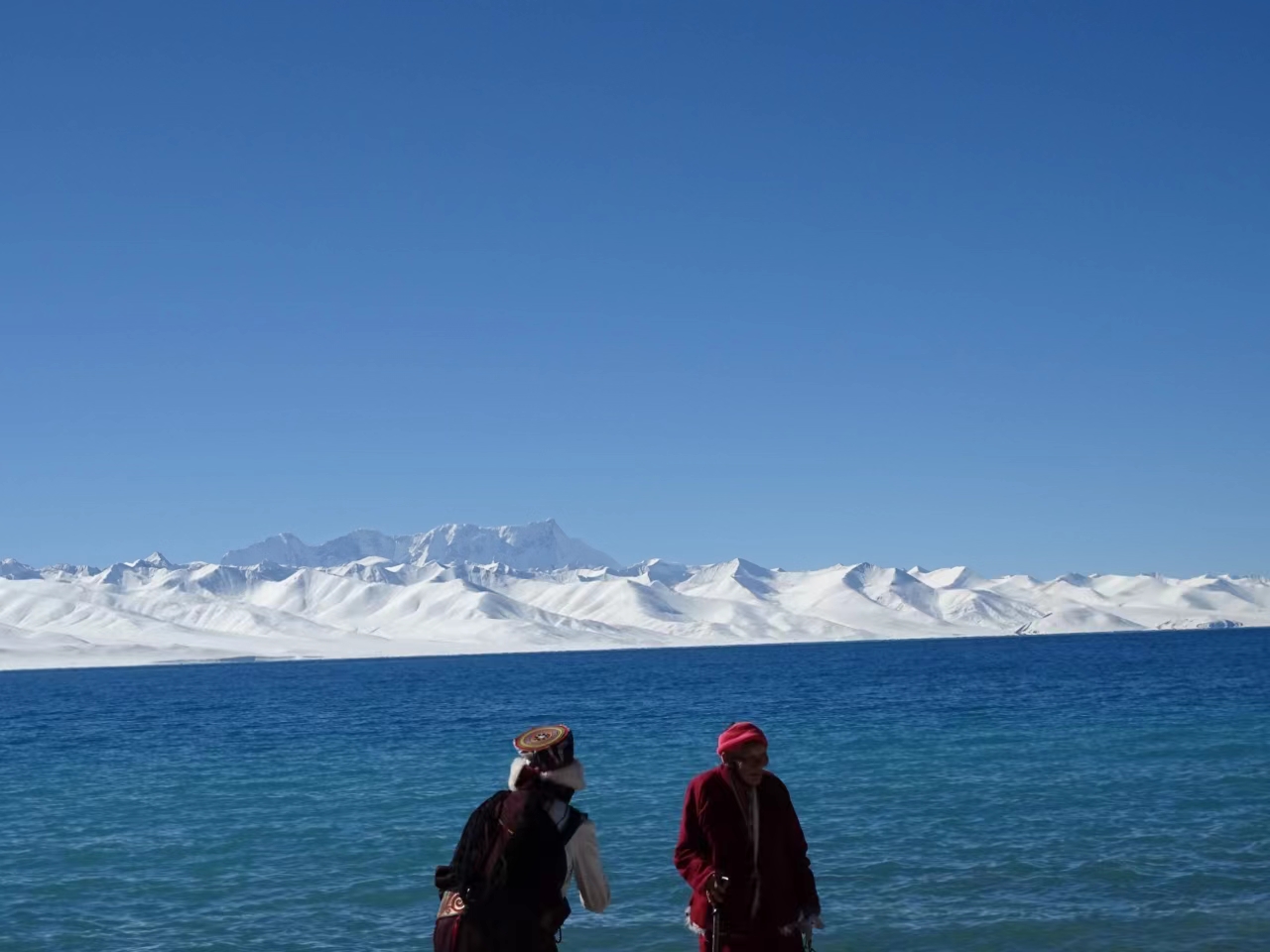
There we will visit Tashi Dor Monastery and do a light hike around the lake and the mountains nearby.

From Namtso, we will drive about 140km to Reting to spend the night there.
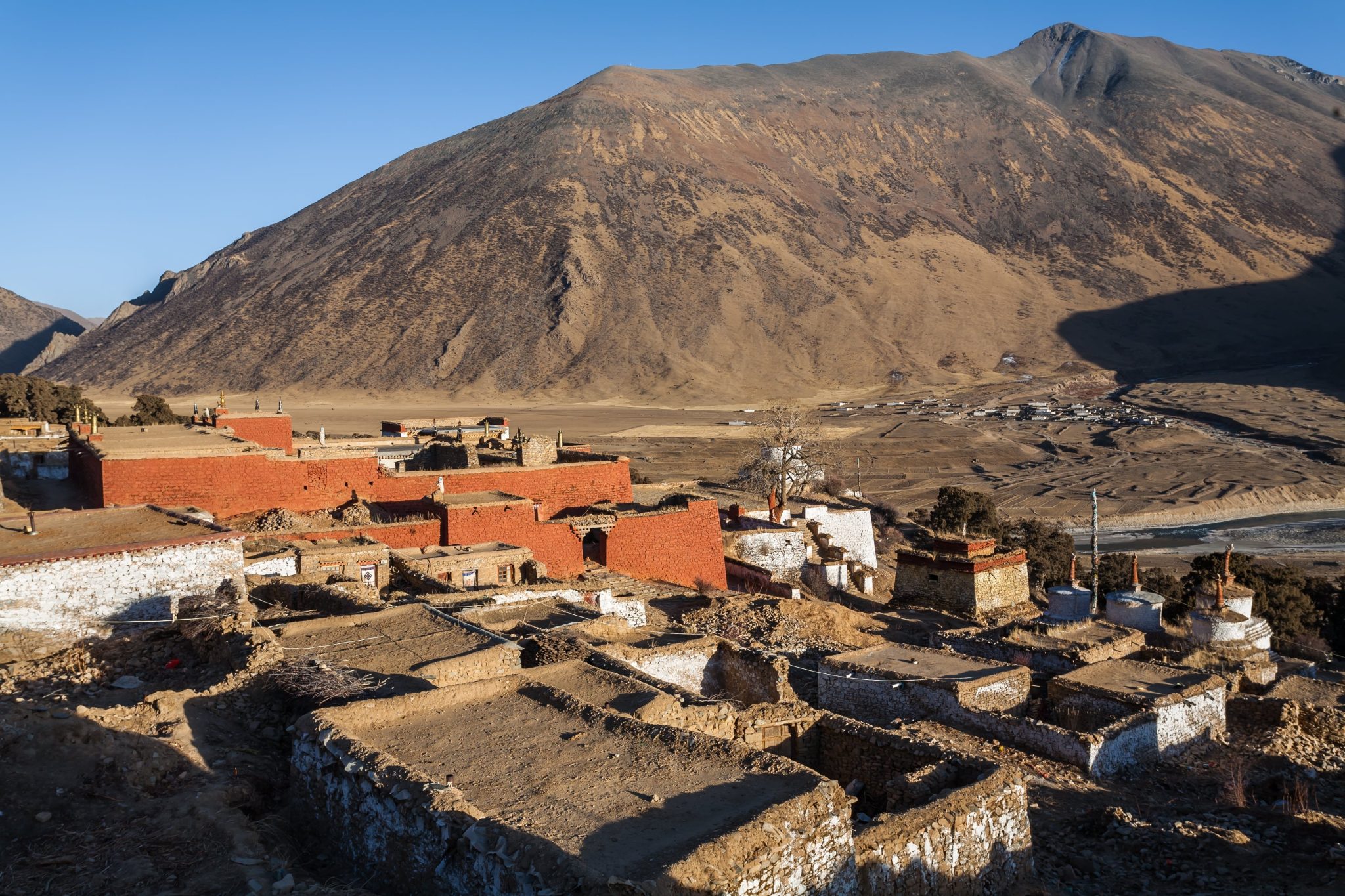
We stay overnight in a guesthouse at Reting (Elevation 4100m).
Note: Only basic accommodation of dorm beds with shared toilet is available at Reting.
Day 12: 5 oktober 2024 : Reting Monastery - Ladhang monastery - Drigung Til Monastery- Tidrum Nunnery & Hotsprings (140km 3hours’ drive)
From Reting we will drive to Ladhang where we will do a kora around a very special Stupa.
This Stupa is worshiped by both human and god and goddess.
After our kora we will head to Tidrum Nunnery with its medicinal hot springs.
Tidrum Nunnery (also spelled Terdrom) is located in a gorgeous valley with mountain streams meeting in a narrow gorge.
The nunnery is famous for its medicinal hotspring.
Actually, Tidrum Spring has two sources. One is called the Eagle Spring. Another one is next to it with a higher temperature. Due to the two sources, the temperature of the spring maintains at 40 Celsius degree all the year round.
The hot spring contains many beneficial minerals for human body.
So you can prevent many kinds of illnesses with the bath.
We will have the time to stay in the hotspring.
We will stay overnight in a basic guesthouse at Tidrum (Elevation 4300m).
Only basic accommodation of dorm beds with shared toilet is available at Tidrum.


Day 13: 6 oktober 2024: Tidrum Nunnery-Ganden monastery-Lhasa (160 km - 3hours’ drive)
From Tidrum we will make our way back to the holy city of Lhasa after making a detour to the great Ganden monastery.

The monastery is situated on a hilltop overlooking the surrounding valley and is surrounded by beautiful scenery. The Ganden kora is a simply stunning walk and is highly recommended.
 From Ganden we will drive for an hour back to the holy city of Lhasa.
From Ganden we will drive for an hour back to the holy city of Lhasa.
We will have our farewell diner in Lhasa.
And stay there in a hotel.
Day 14: 7 oktober 2024
This is the end of our Tibetan Pilgrimstravel.
It is time to say goodbye and get you back to the airport.
Highlights of your Travel:
- Meditation Caves: Explore hidden meditation caves where revered Tibetan Buddhist monks have sought enlightenment for centuries. Immerse yourself in the serene atmosphere, meditating in the same spaces that have been sanctuaries for spiritual seekers throughout history.
- Holy Lakes: Journey to sacred lakes nestled amidst the majestic Himalayas. These pristine waters hold a profound spiritual significance for the Tibetan people, inviting you to connect with the divine while surrounded by awe-inspiring natural beauty.
- Meet the Tibetan Culture – not as a tourist – but we will as much as possible mingle with the people. We will walk with them when the go to the Buddhist Pilgrimage places.
Because their religion is a big part of their life.
We will watch how the nomad people live – and eat with local people. - Palaces of HH Dalai Lama: Winter Palace (Potola)and summer (Norbu Lingkha)
Next to that we will visit a place what is not allowed for Tourist … The Dalai Lama's Secret Temple (with Tantric wall paintings) – Lukhang.
Where we will see very old paintings of the tantric Buddhist Practice. - The First Tibetan Monastery: Trace your steps back in time to the birthplace of Tibetan Buddhism – the first monastery. Delve into the history and spiritual evolution of this sacred site, gaining a deep understanding of the roots of Tibetan Buddhist culture.
- The Tibetan Landscape and their animals
As we will travel a lot, we will have the time to see the unique landscape of Tibet. Tibet's phenomenal landscape is like no other place on Earth: rugged, remote and unforgettable. The vast Tibetan plateau contrasted against the snowcapped peaks of the world's highest mountains will leave you in awe. Tibet is often referred to as the 'roof of the world'.
On our way we will spot also some wild animals typical for Tibet: the yak, blue Sheep, Tibetan antelopes, the Tibetan wild ass (Kiang) and hopefully more.
Guidance from Maaike, a European Buddhist Practitioner:
Your journey will be enriched by the presence of a European Buddhist practitioner and expert, providing insights and understanding from a unique perspective. This dual guidance, blending Tibetan authenticity with a European lens, offers a holistic and comprehensive experience.
Connect, Meditate, and Transform:
This is more than just sightseeing; it's an opportunity to connect with the roots of Tibetan Buddhist culture. Each day will offer moments of reflection, and spiritual exploration, allowing you to absorb the profound energy that permeates this sacred land.
PRICES:
Double 2.300 dollar
Single 2.850 dollar
Extra: Fee to Tarayogini (Maaike) for the guidance and service, 295 euro (an invoice is possible)
Guaranteed departure
ADDITIONAL INFO
Included:
- Tibet Travel Permit and other necessary permits for Tibet.
( Once you have your China Visa, we can apply for this. - Your Chinese Visa is not included and you need to take care of that). - Airport transfers from/to Lhasa Airports.
- Accommodation 3 to 4 start hotels and in rural areas best available.
- All Meals (Breakfast at the hotel, lunch and dinner in restaurant ).
- Government License holder English Speaking and qualified Guide.
- Coverage of Guides and driver fees, their meals, insurance, lodging, transportation.
- National Park entry permit fee and any other municipality fees.
- Entry tickets to the venues in the itinerary.
- All government, Local taxes and environment fee.
- All support medical equipment – First Aid kit, Mountaineering/Medical Oxygen, Gamow Bag.
- Drinking water – daily
Not included:
- There is a service fee additional to be payed at Tarayogini - 295 euro.
This for the guidance and the sevice.
You can register here. - Your China visa, which you will need to arrange yourselves and will be required for the Tibet Travel Permit.
The latest information is that from 14 March Belgiums don't need a visa to go to China if your stay is only 15 days. I will keep you
updated. - International flight airfare to from Lhasa.
- Personal expense
- Personal clothing, medicines and equipment.
- Tips for guide and driver – we encourage giving tips to the staff that accompany and help you as the best way of contributing to local people. In the absence of charities in Tibet, this is the best way to give back.
- Additional costs or delays caused by out of management control, for example, landslides, weather condition, itinerary modification due to safety concerns, illness, change of government policies, strikes etc.
- Please buy your own travel & annulation insurance
- Make sure your health insurance cover your assistance abroad
- extra drinks (like alcohol, cold drinks, coffee and tea outside the meals)
More Info
This trip is booked with our Tibetan Partner - Tibet Mountain Foucus Outdoor.
For this trip please consult their cancellation rules,
cancellation rules
In the section Frequently Asked Questions you will also find there more information.



